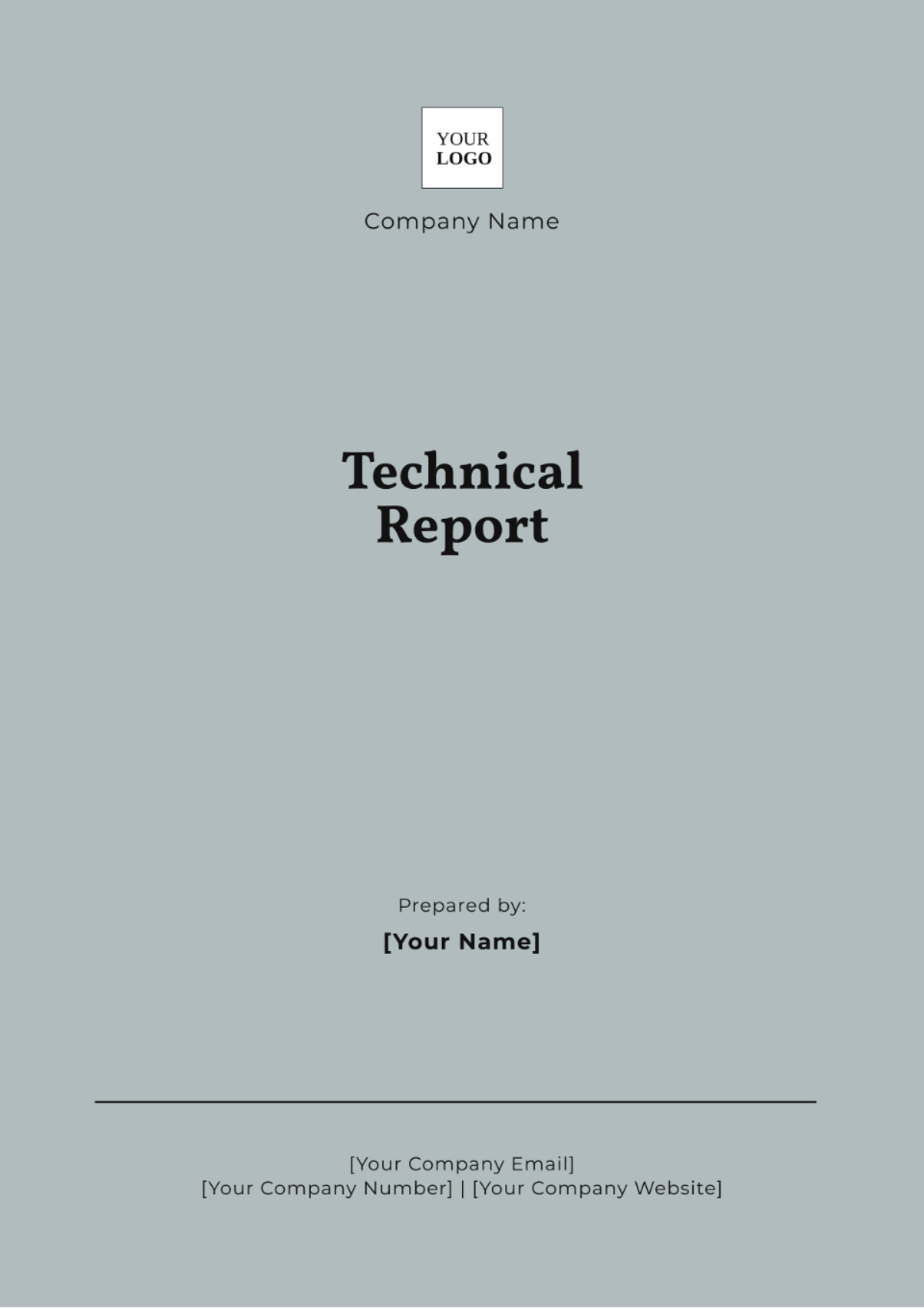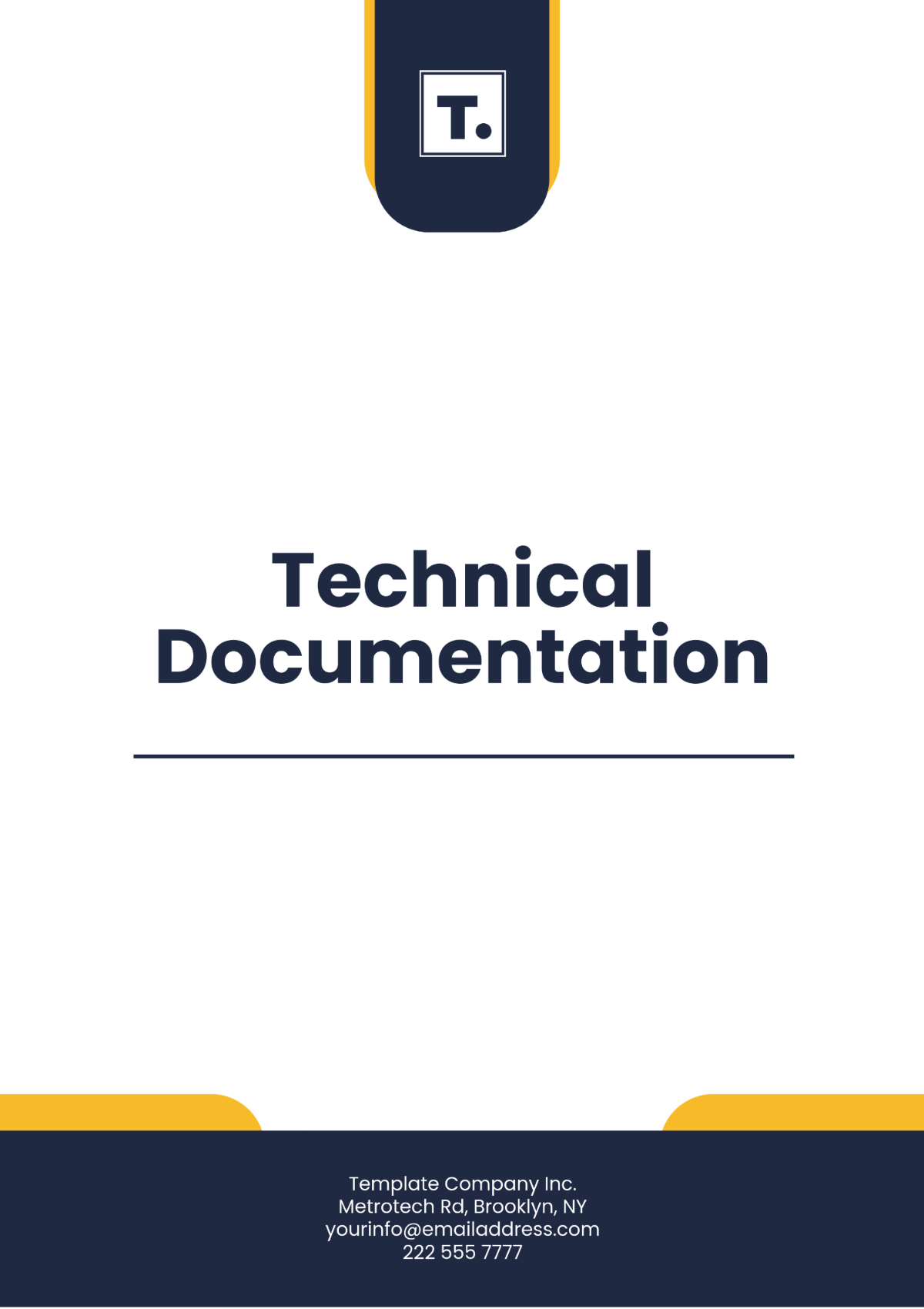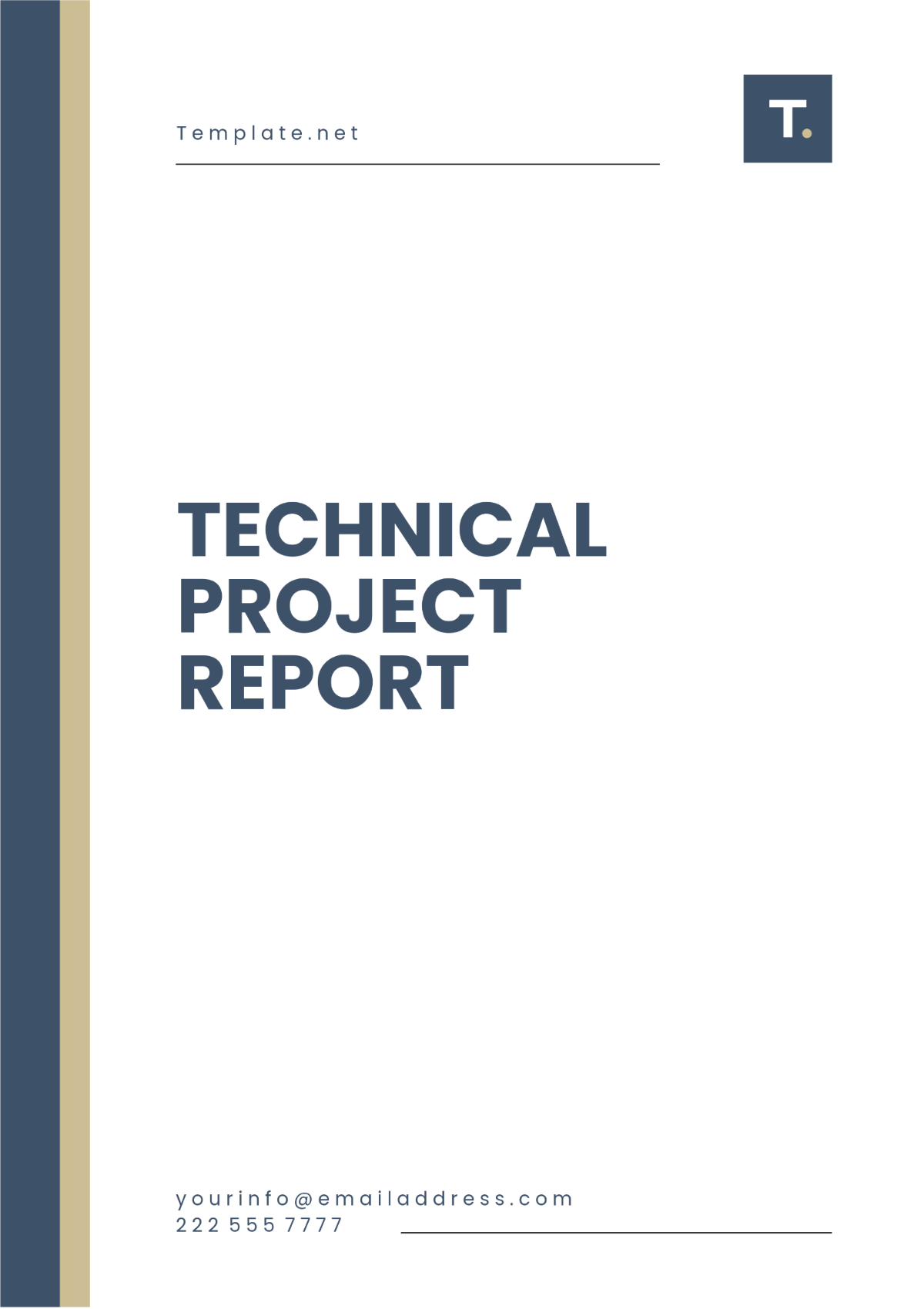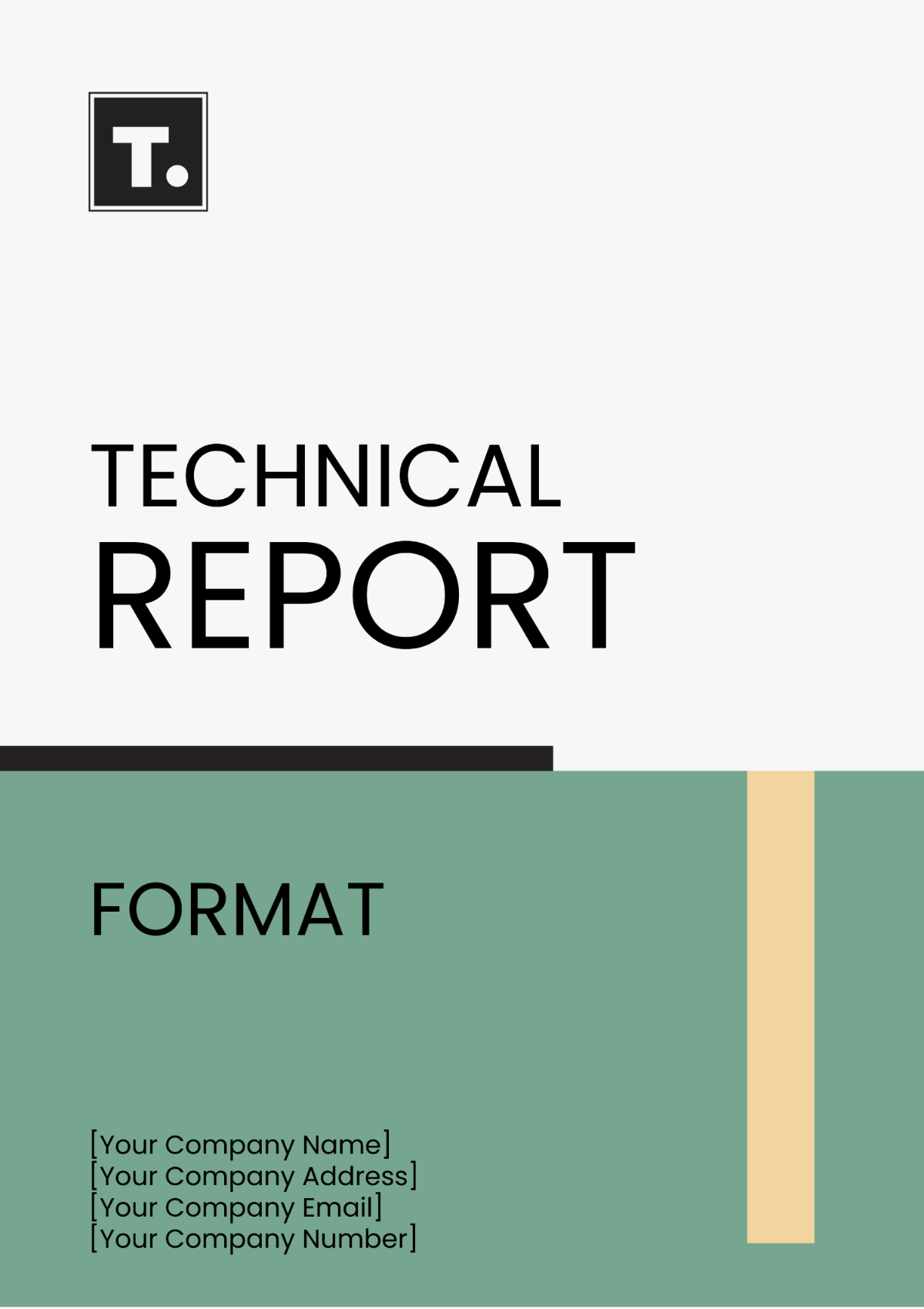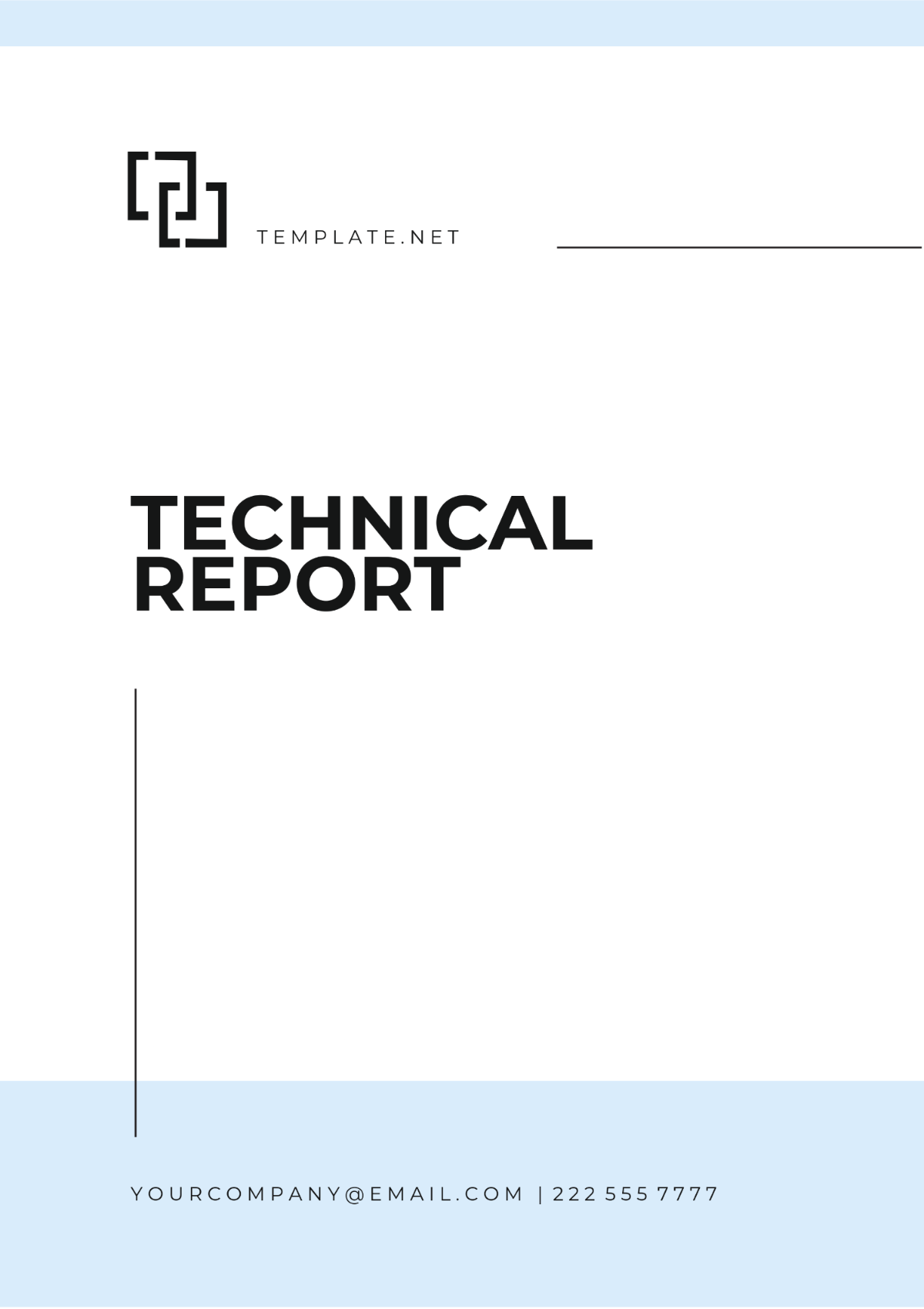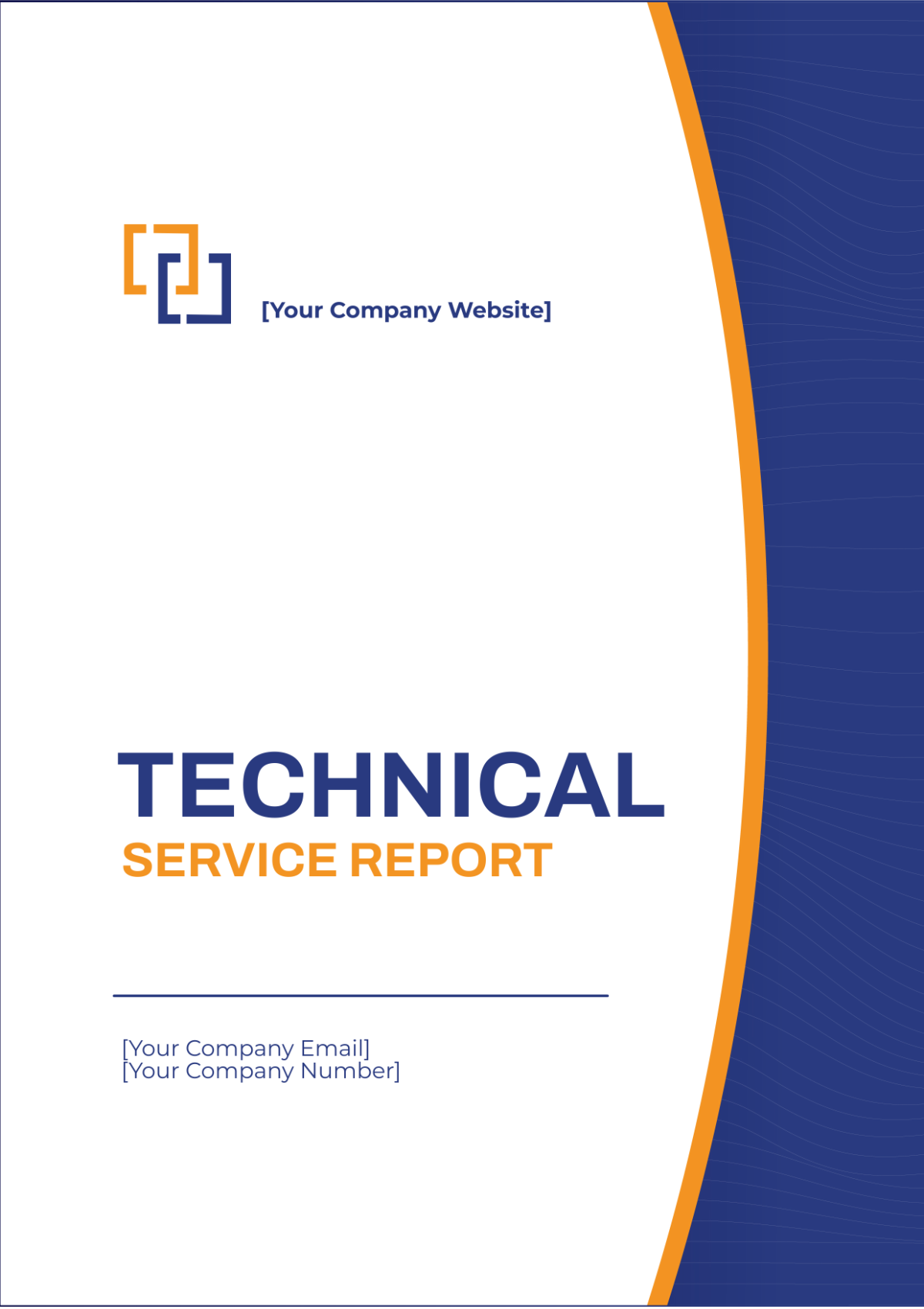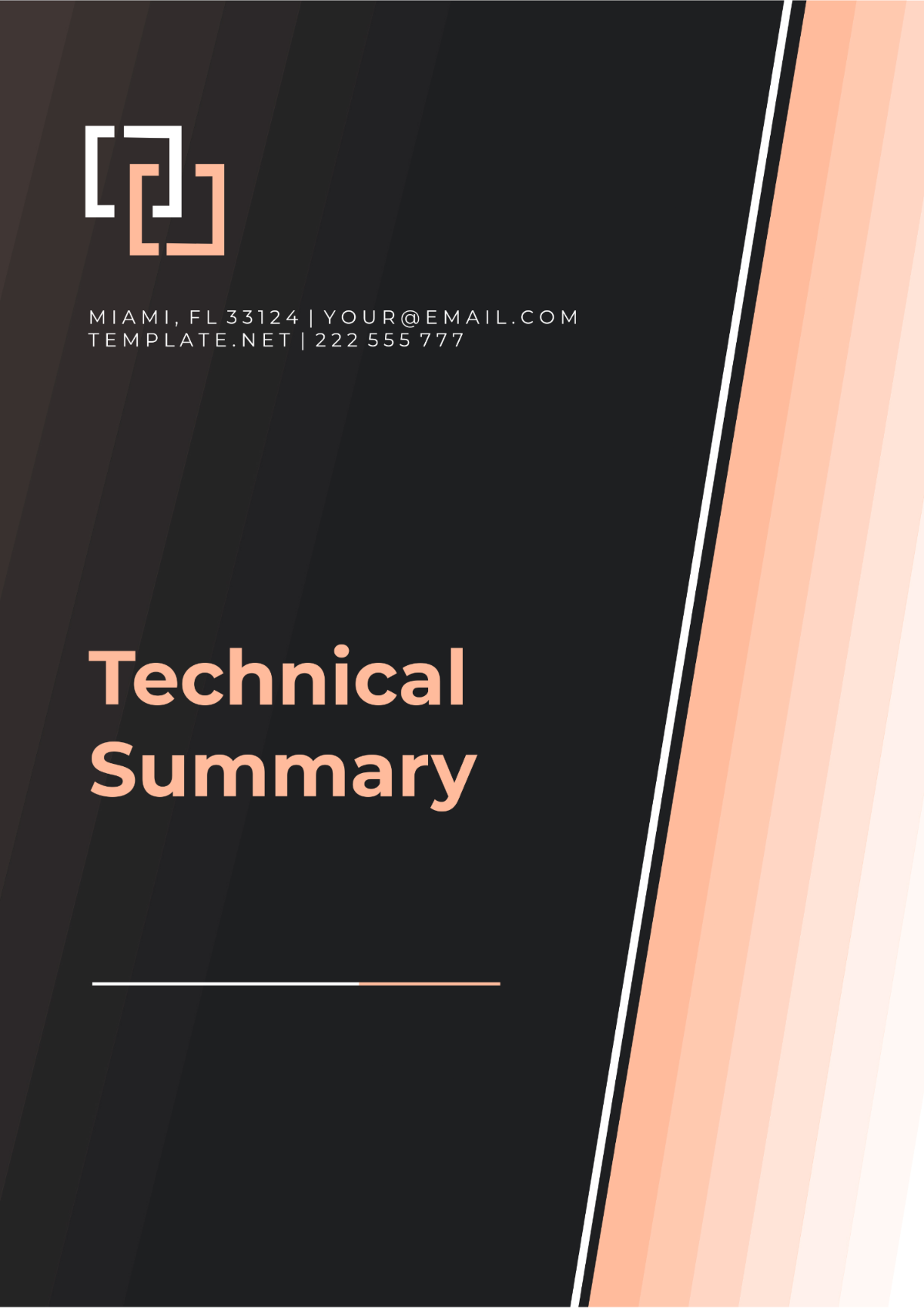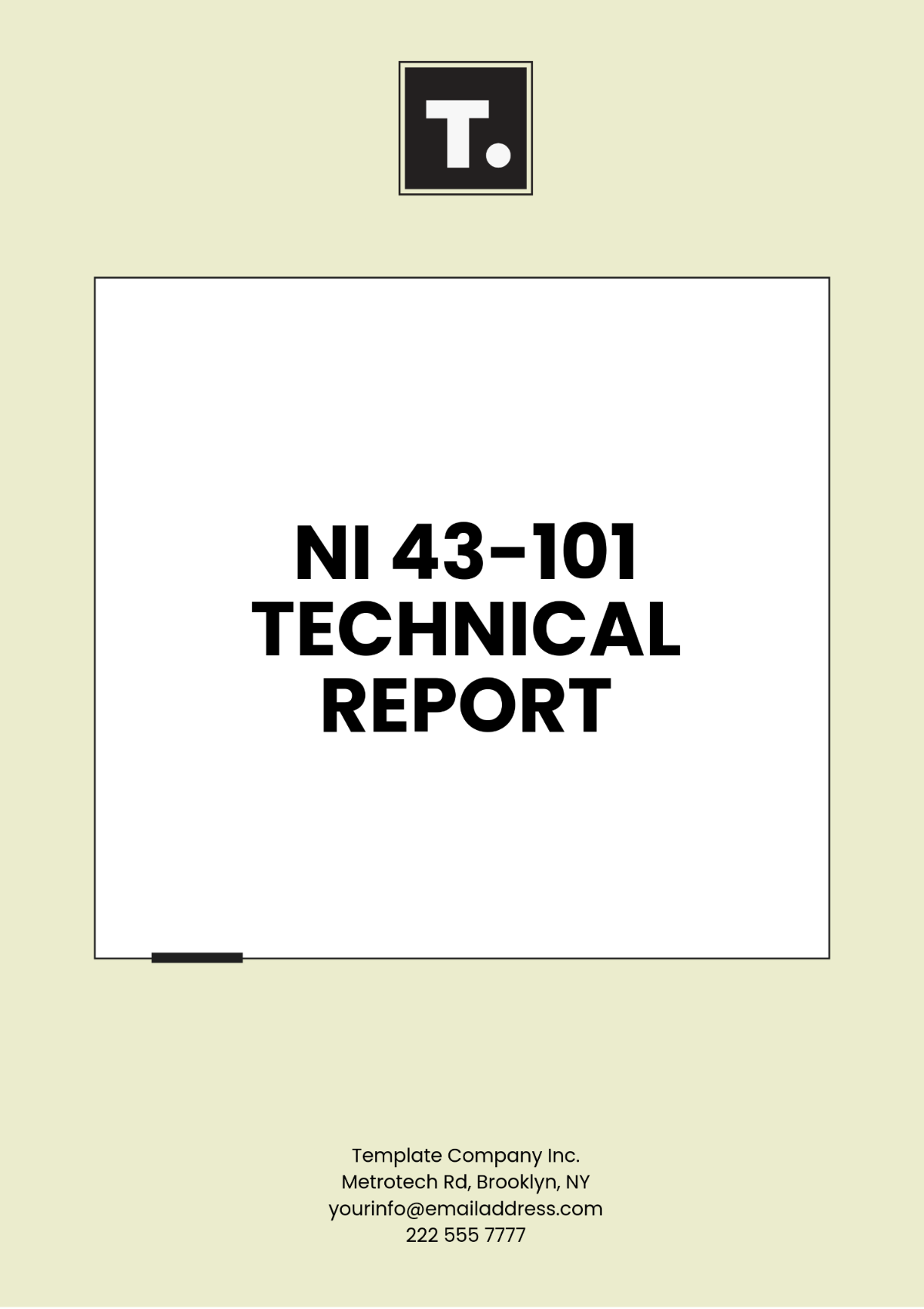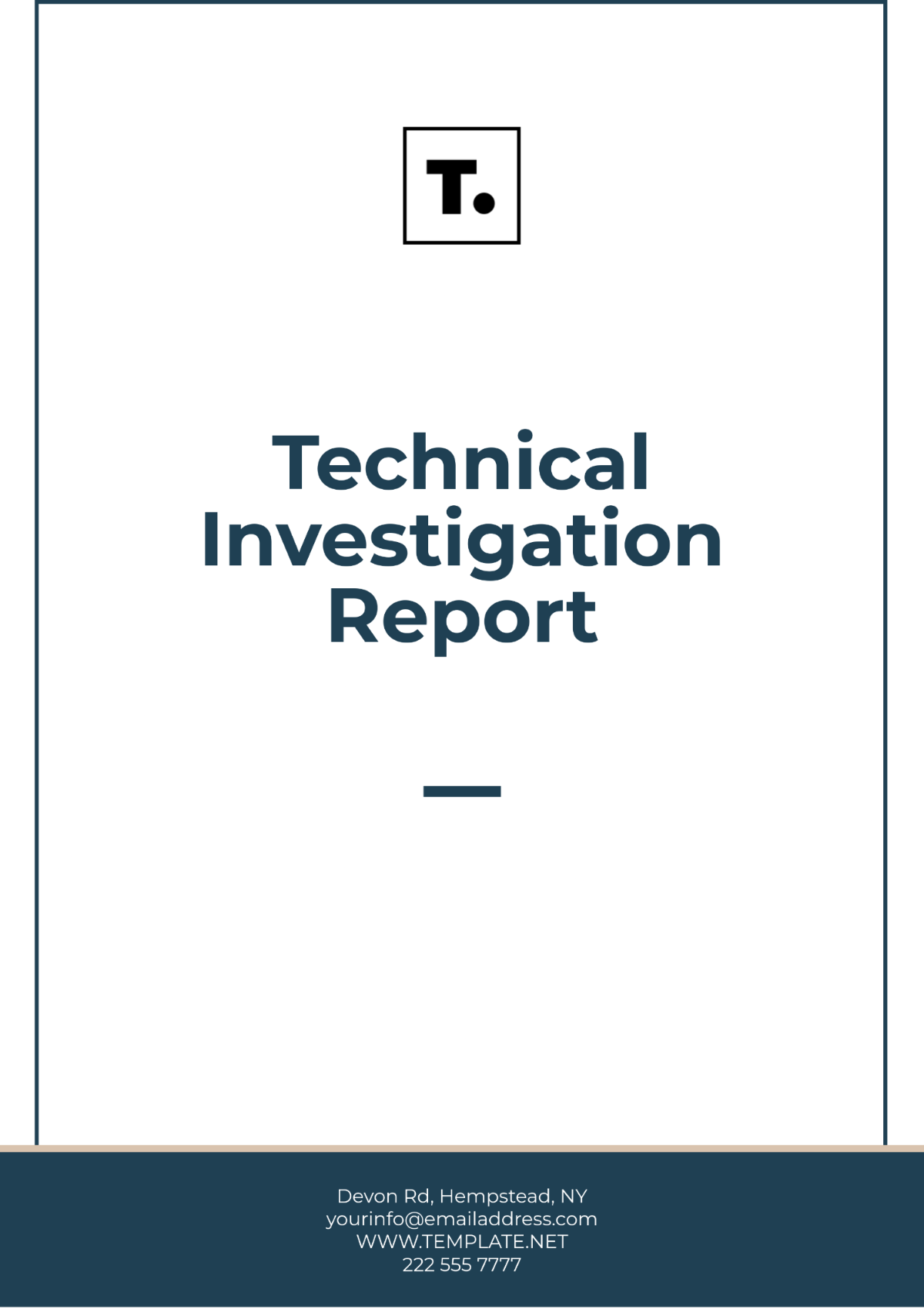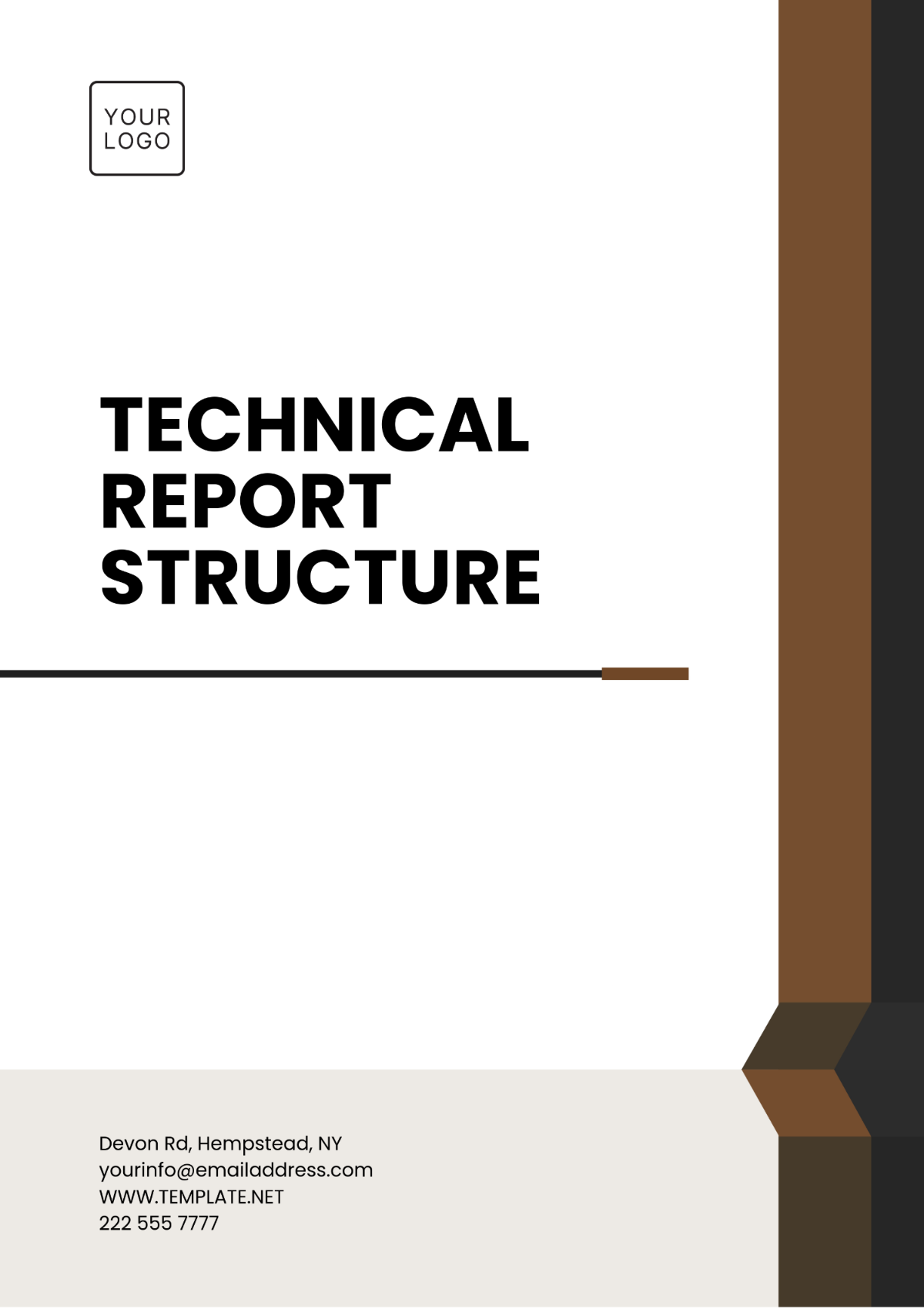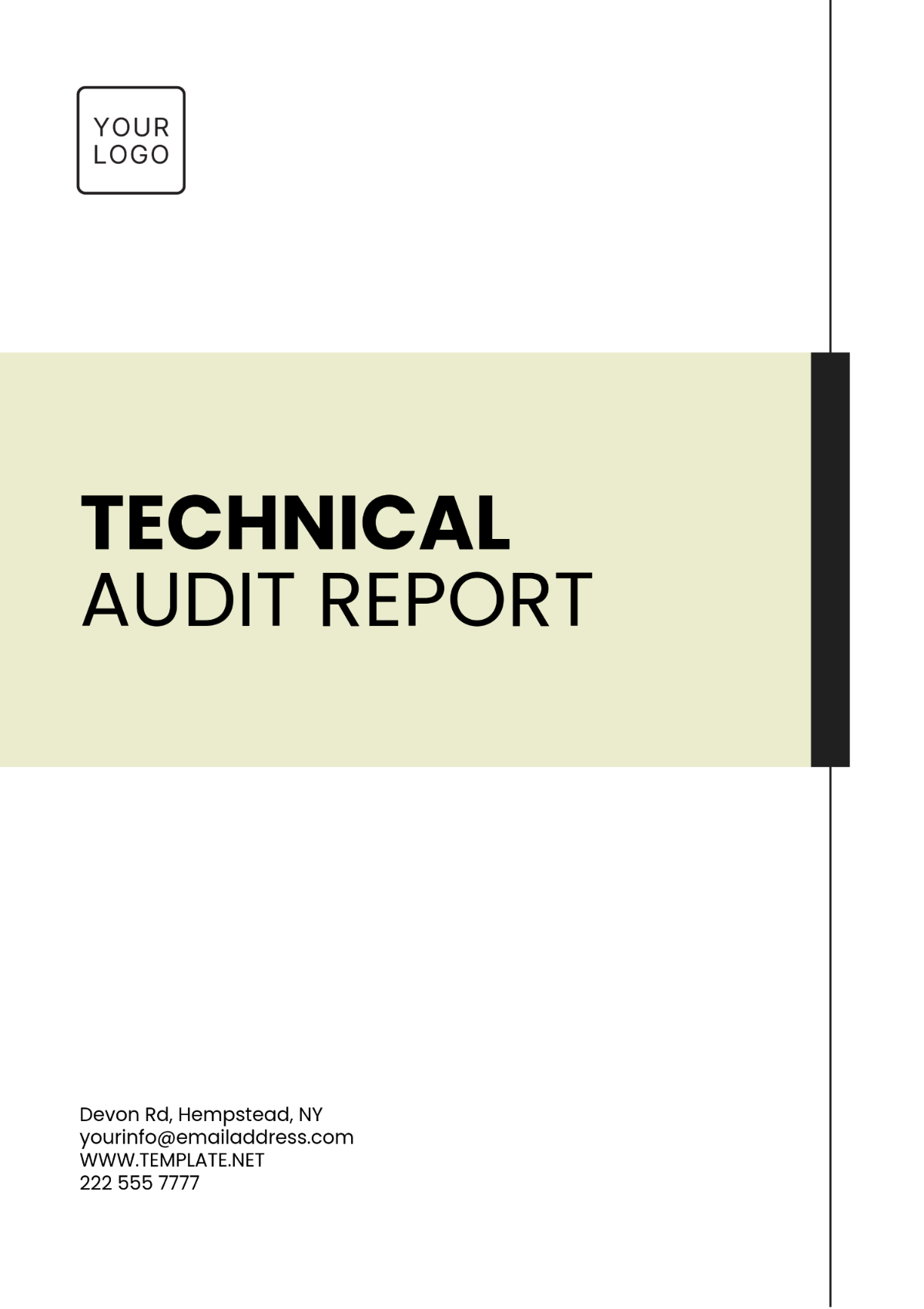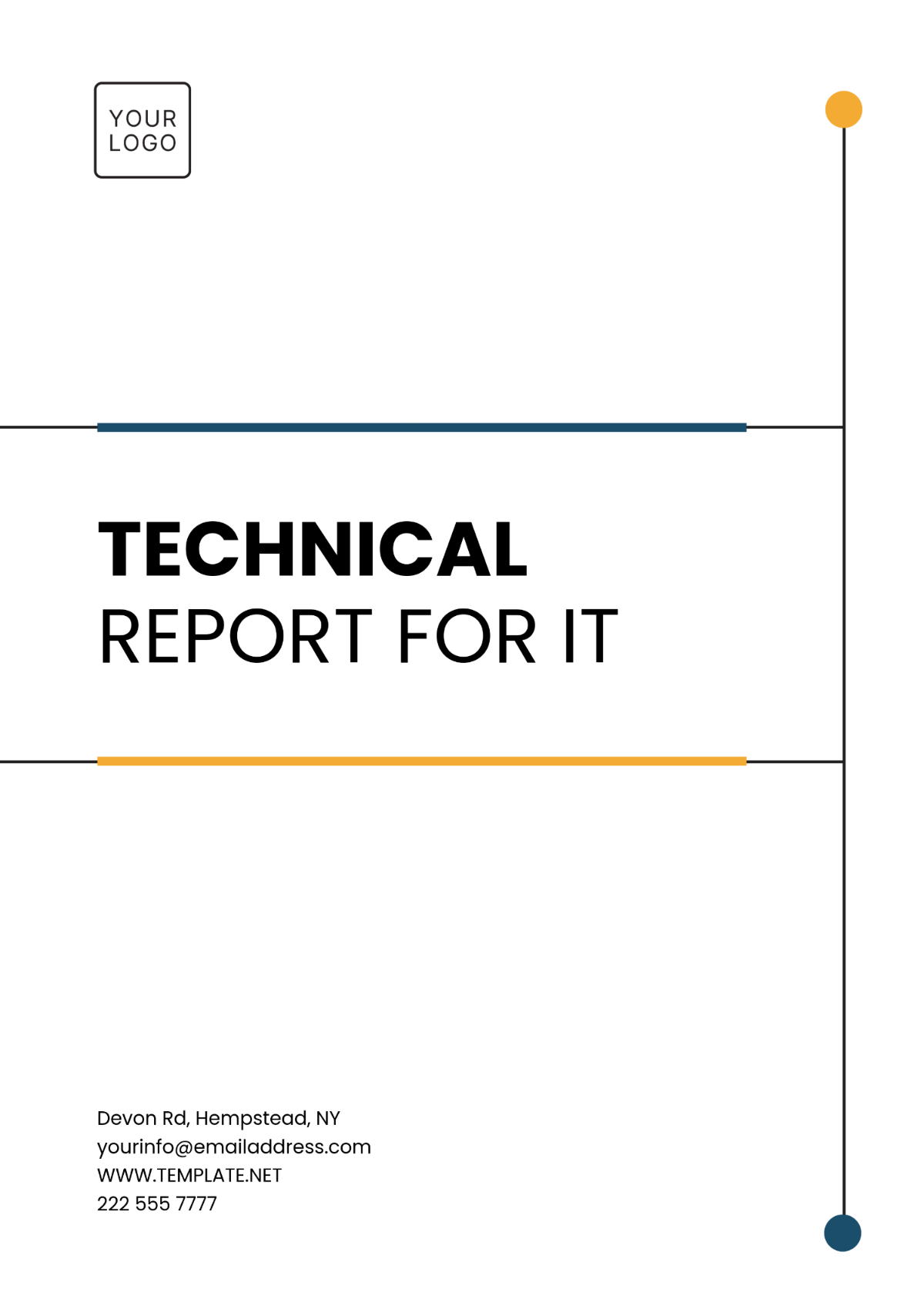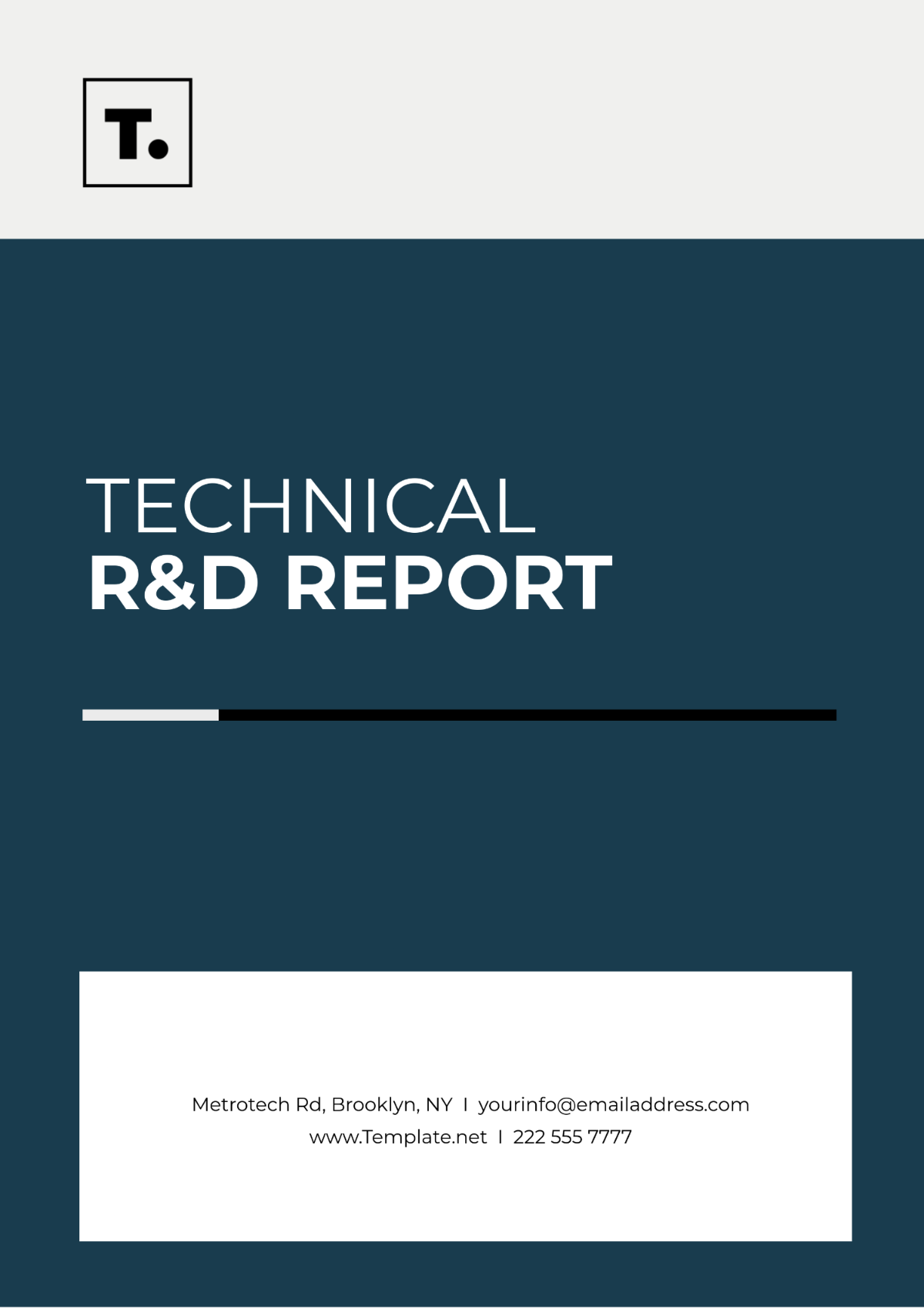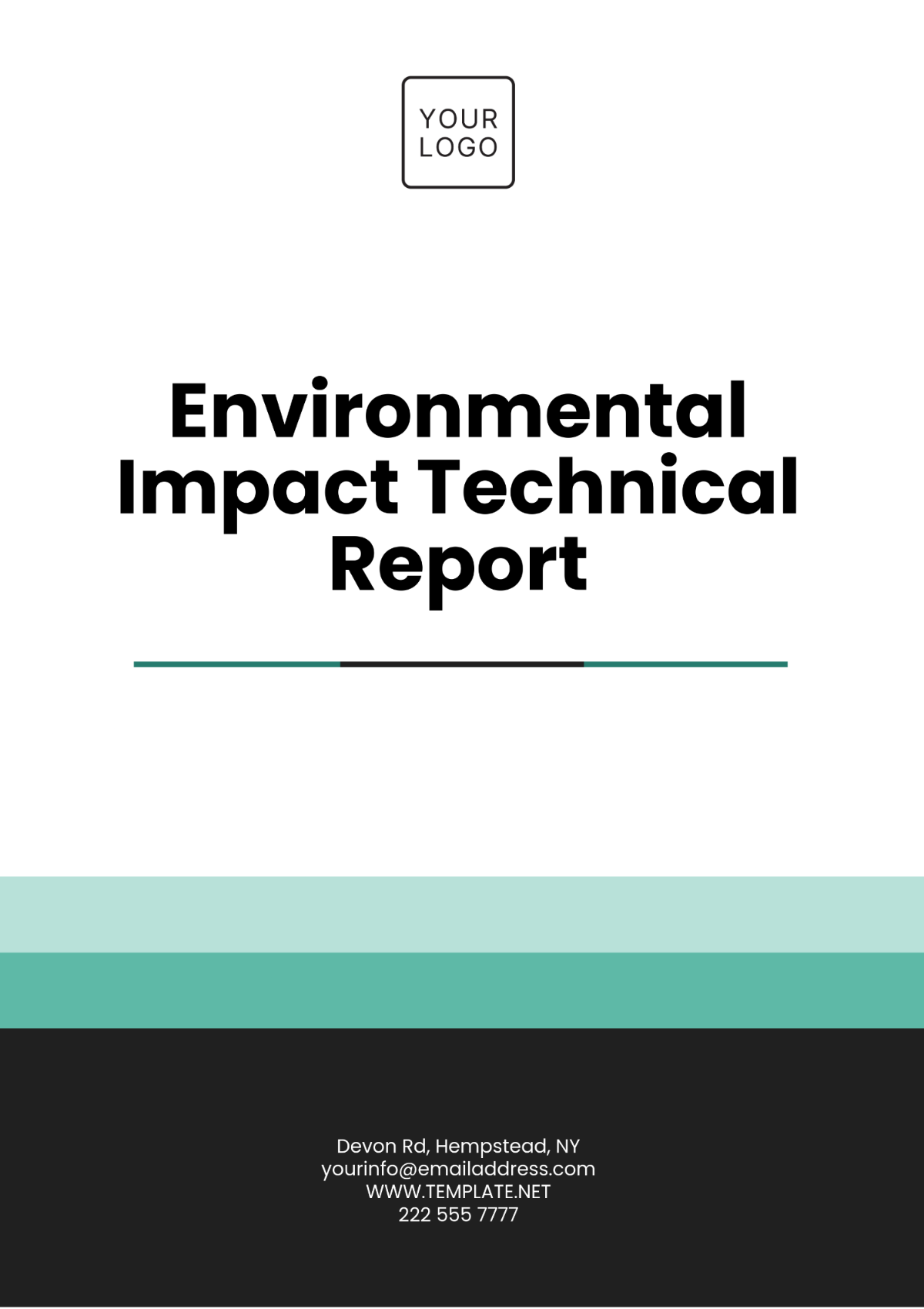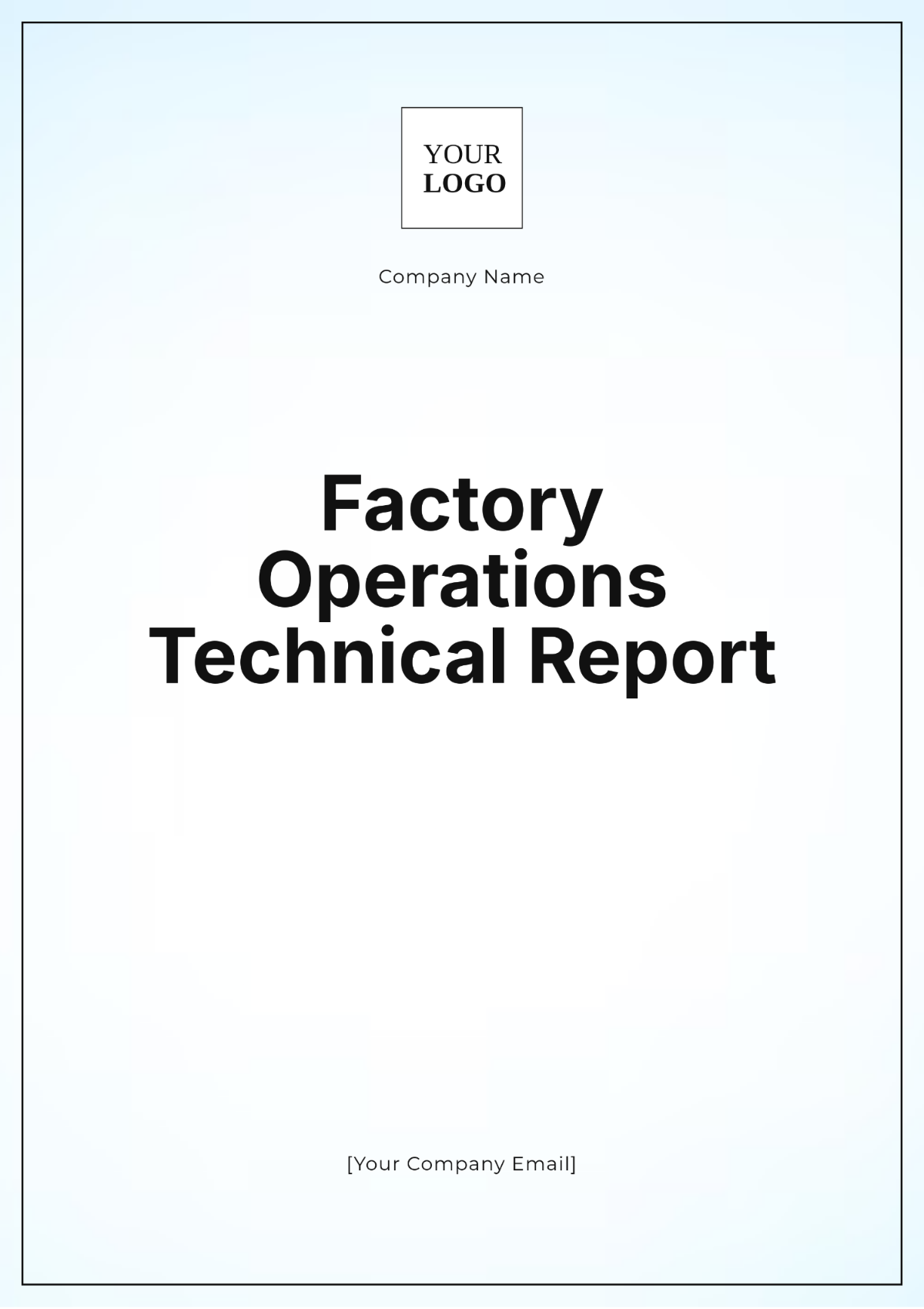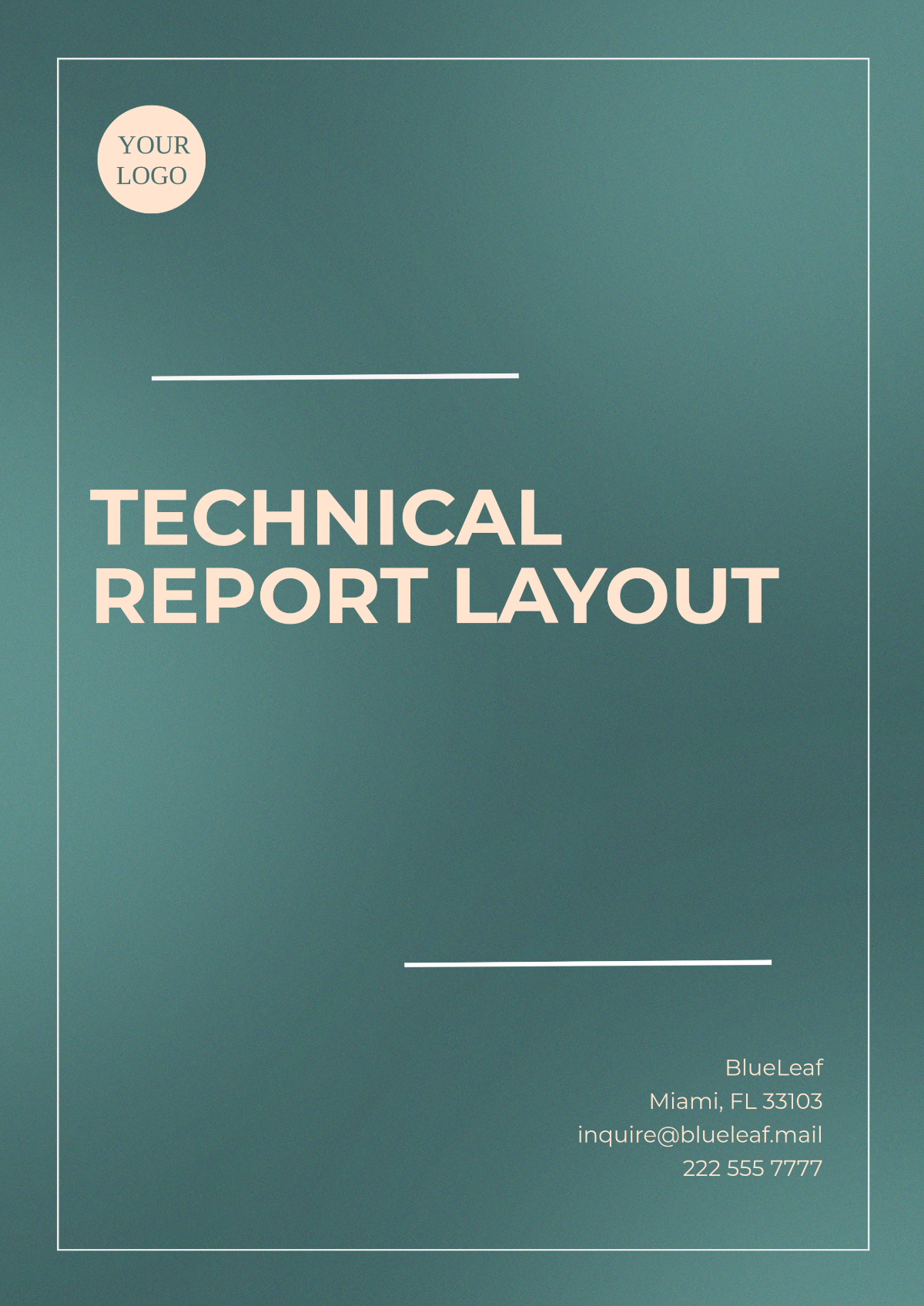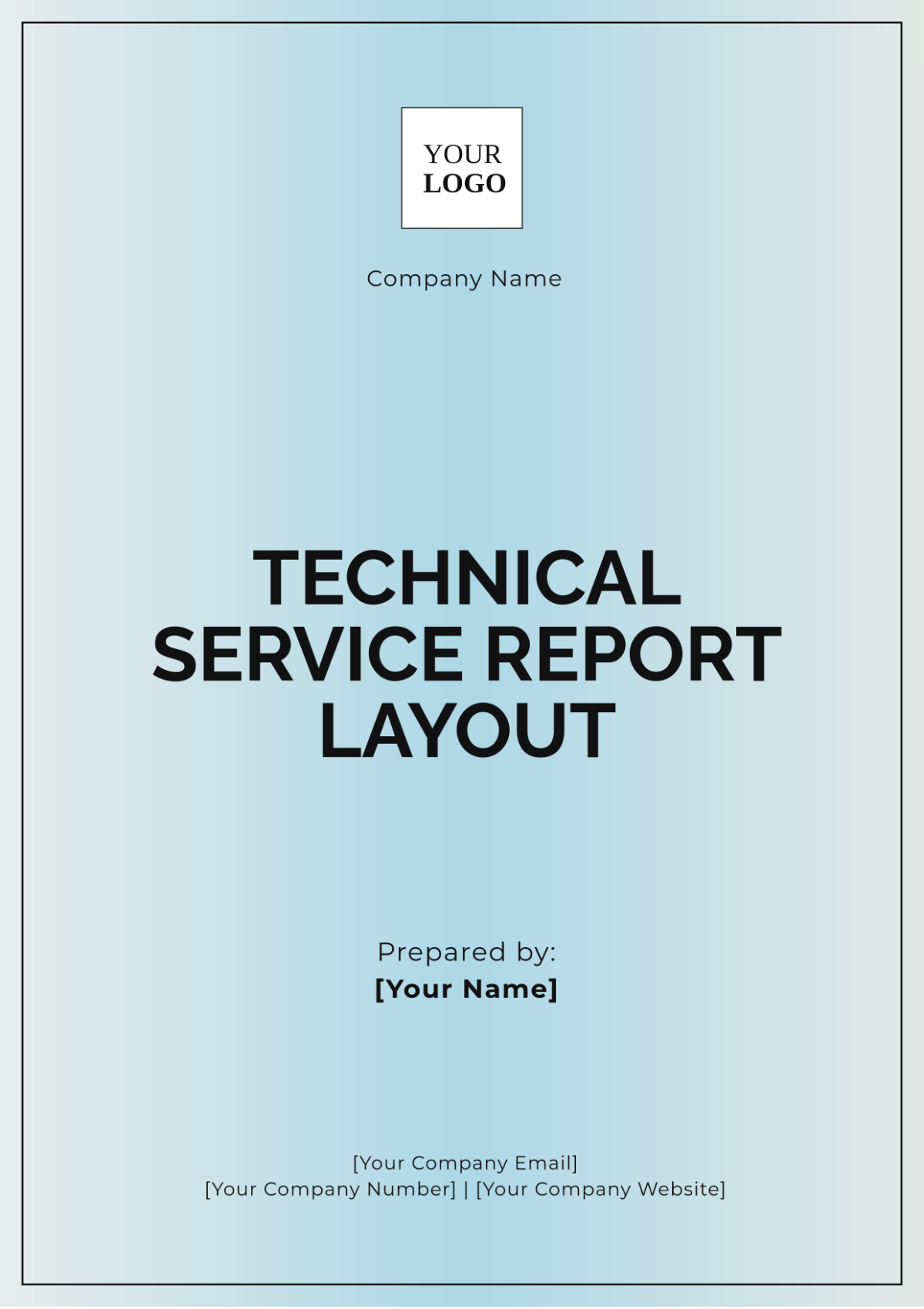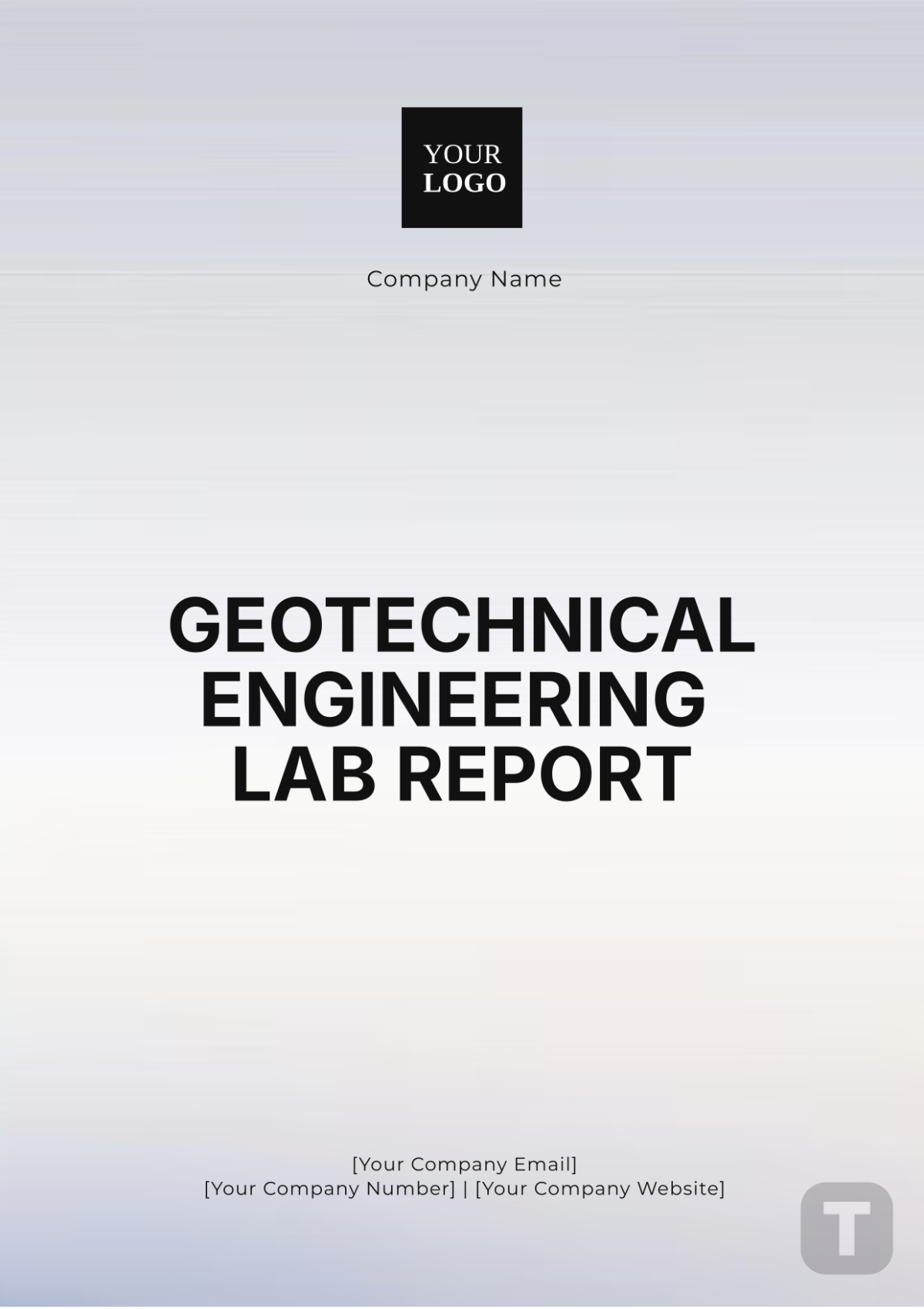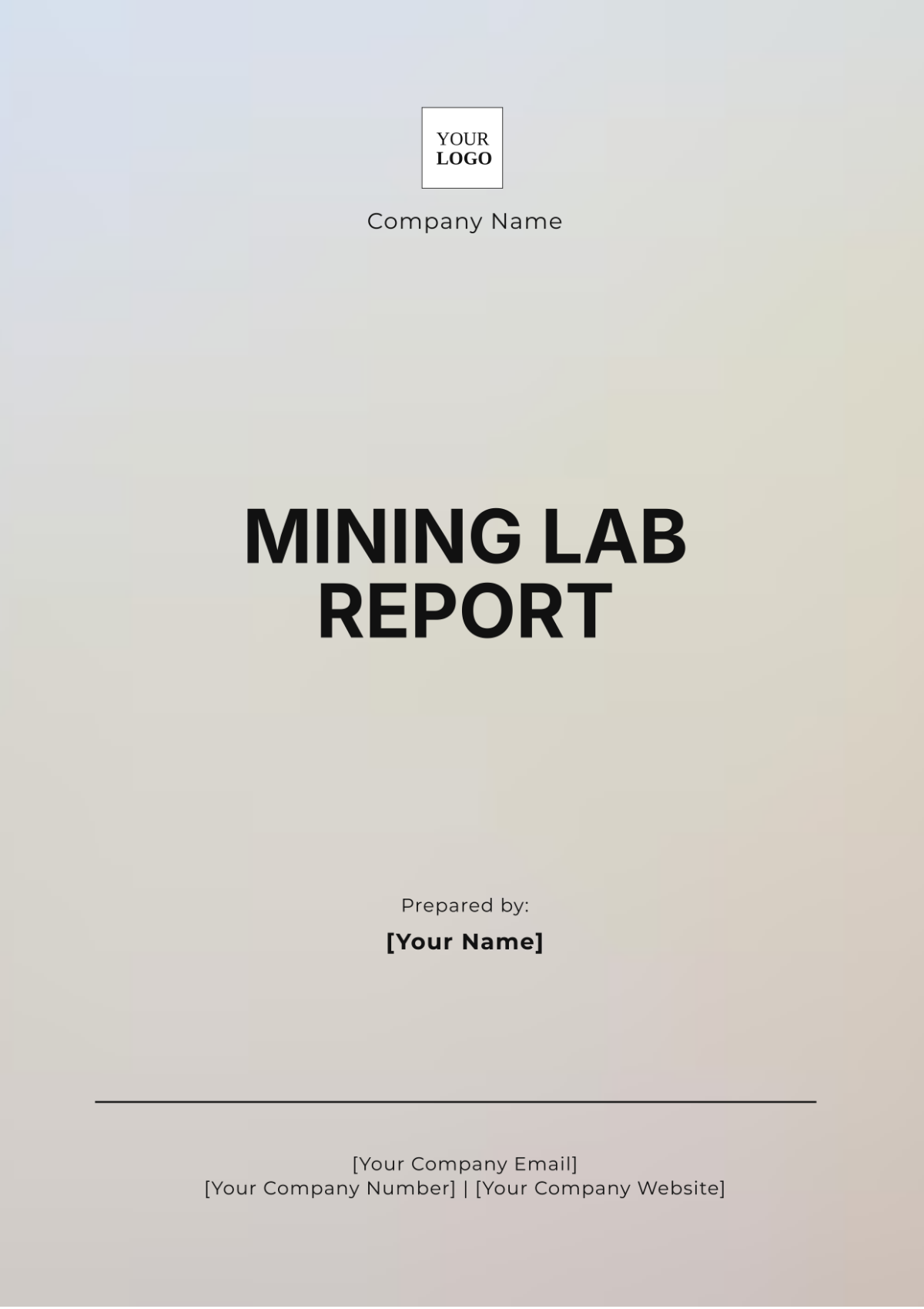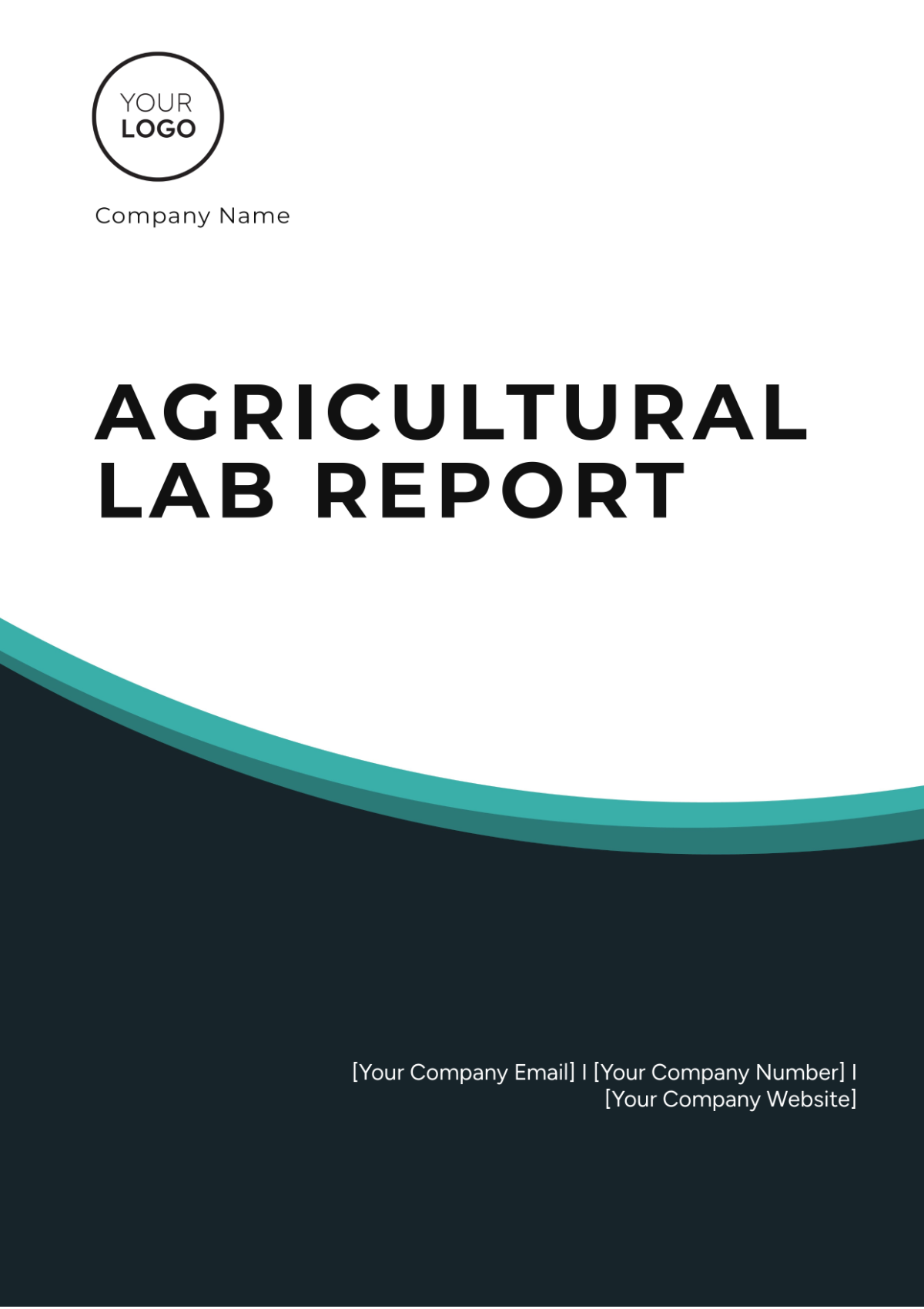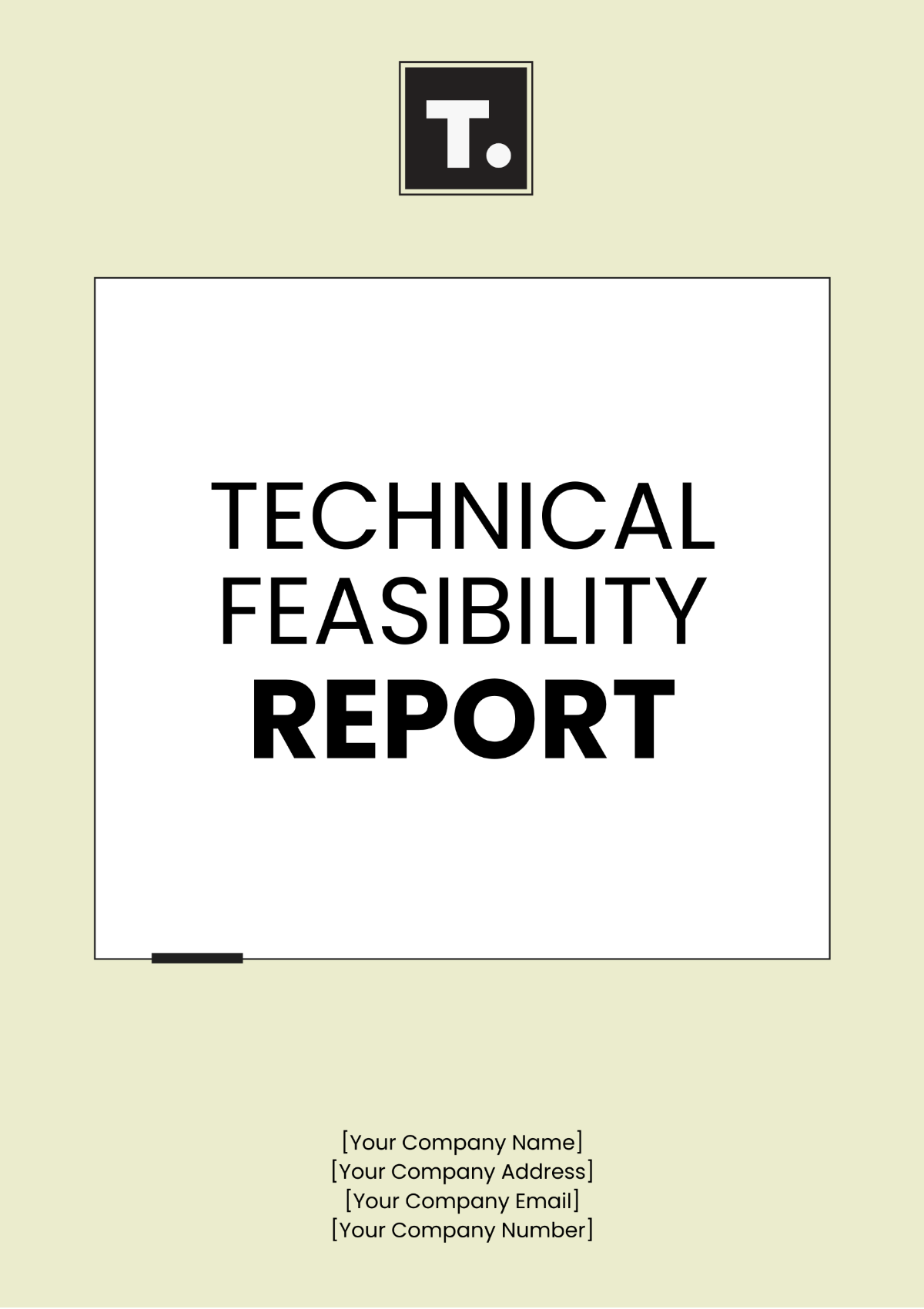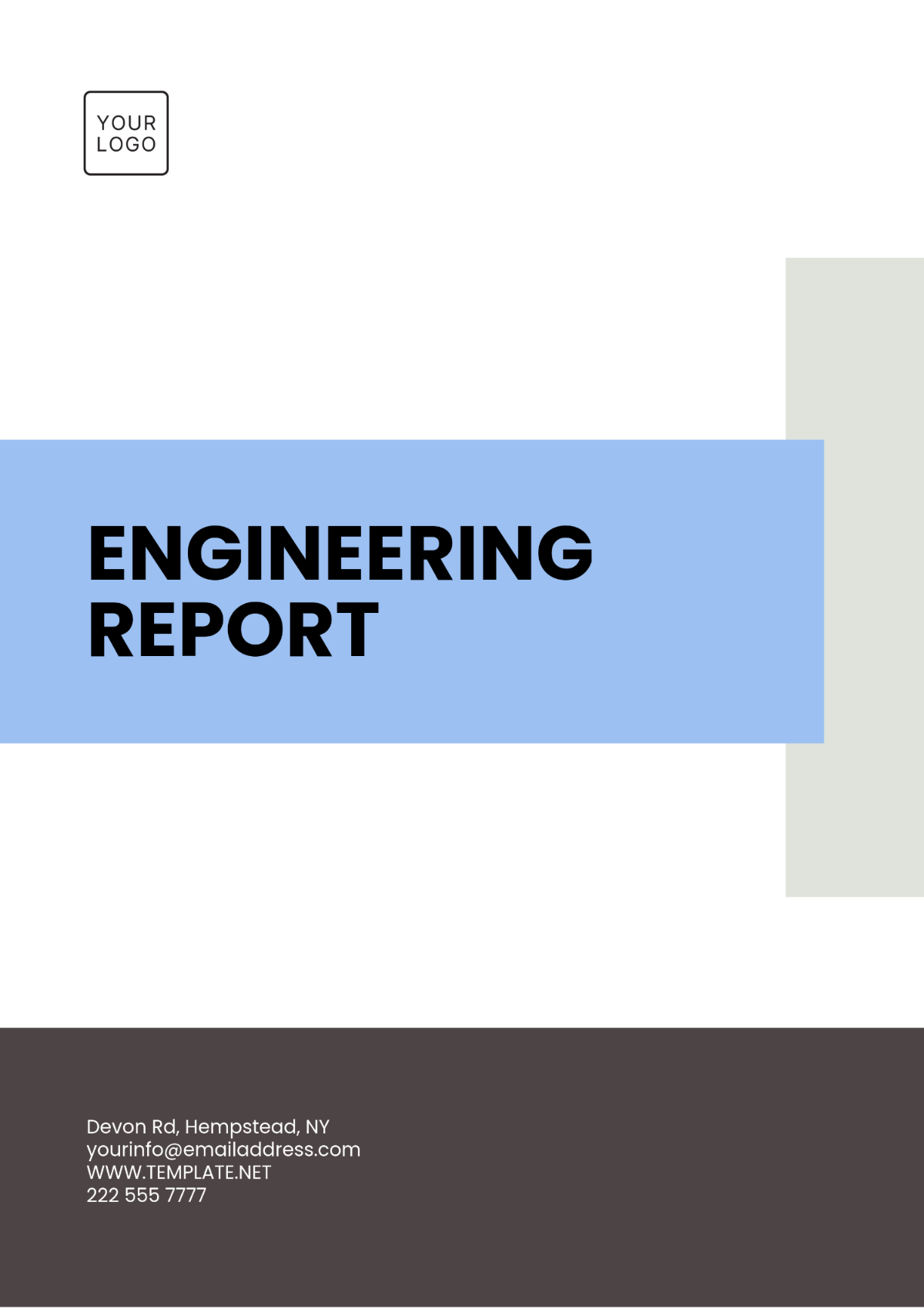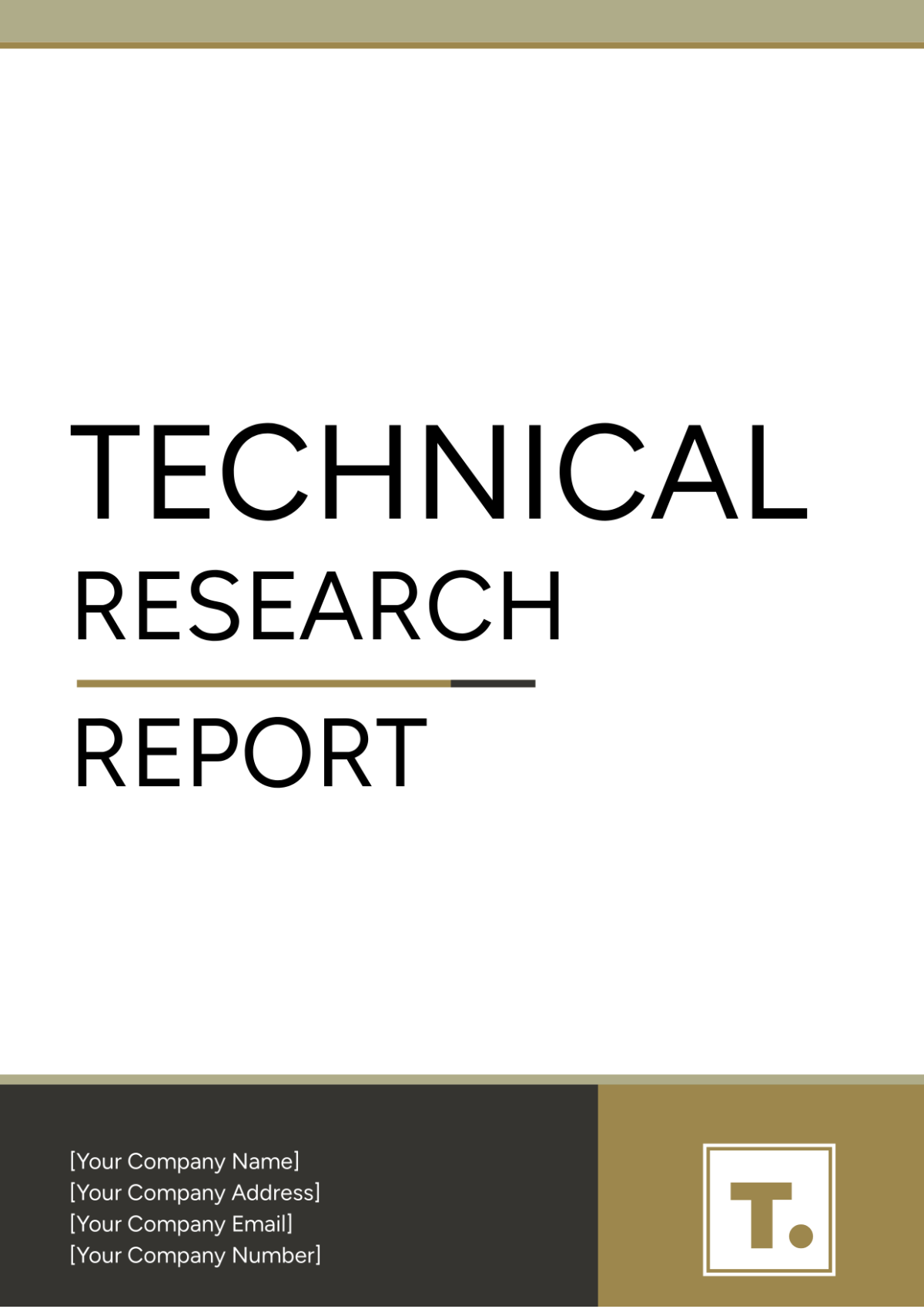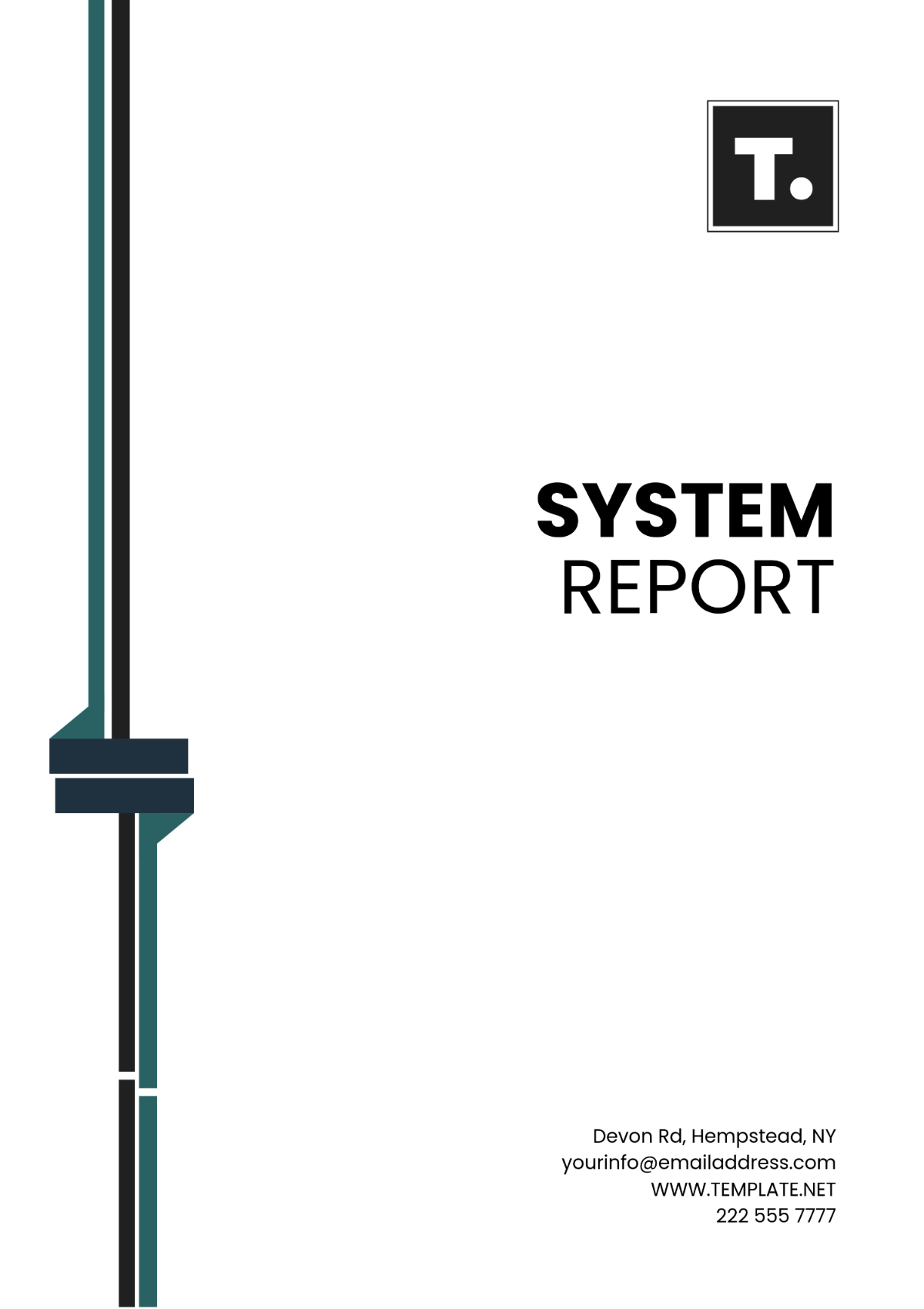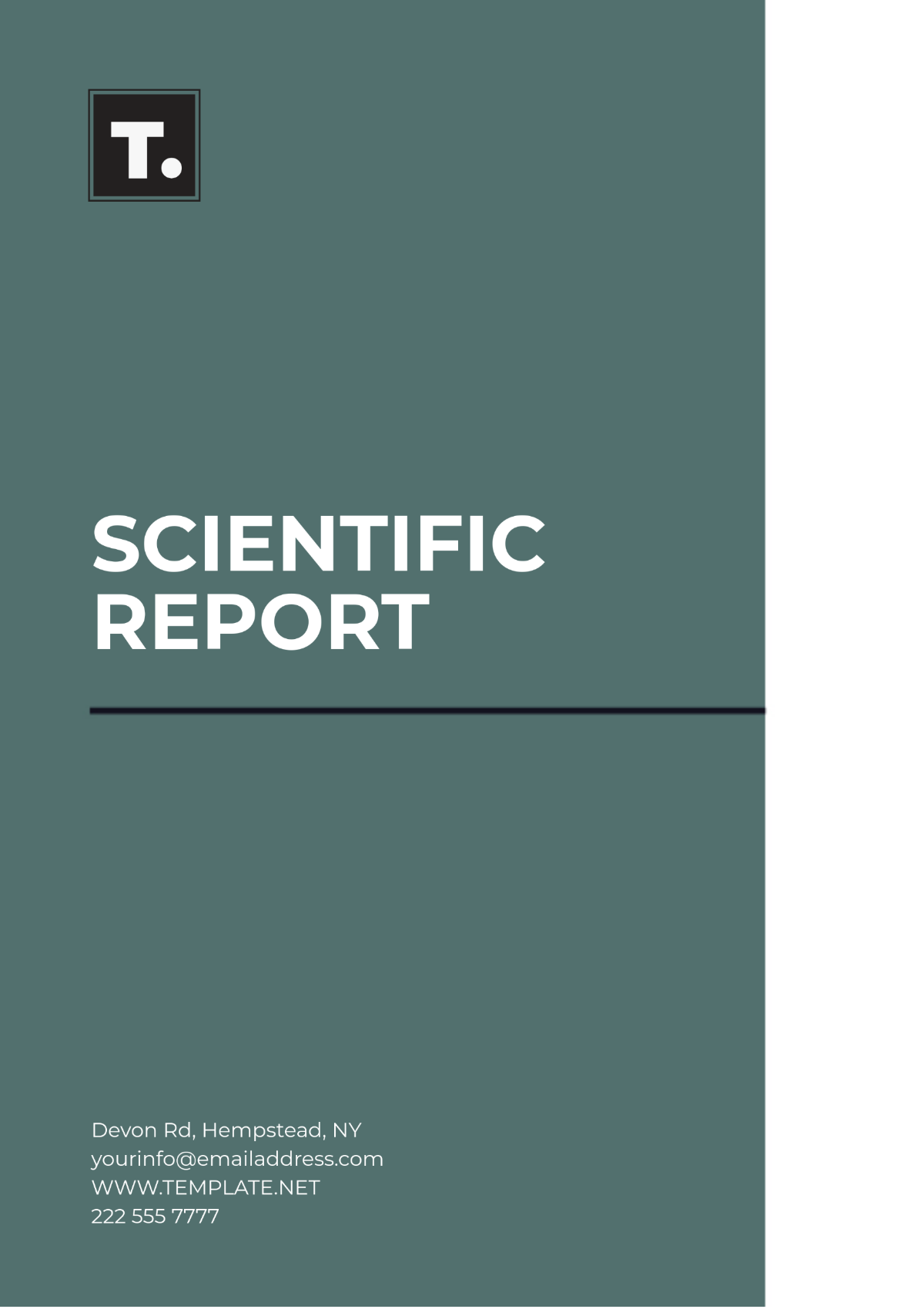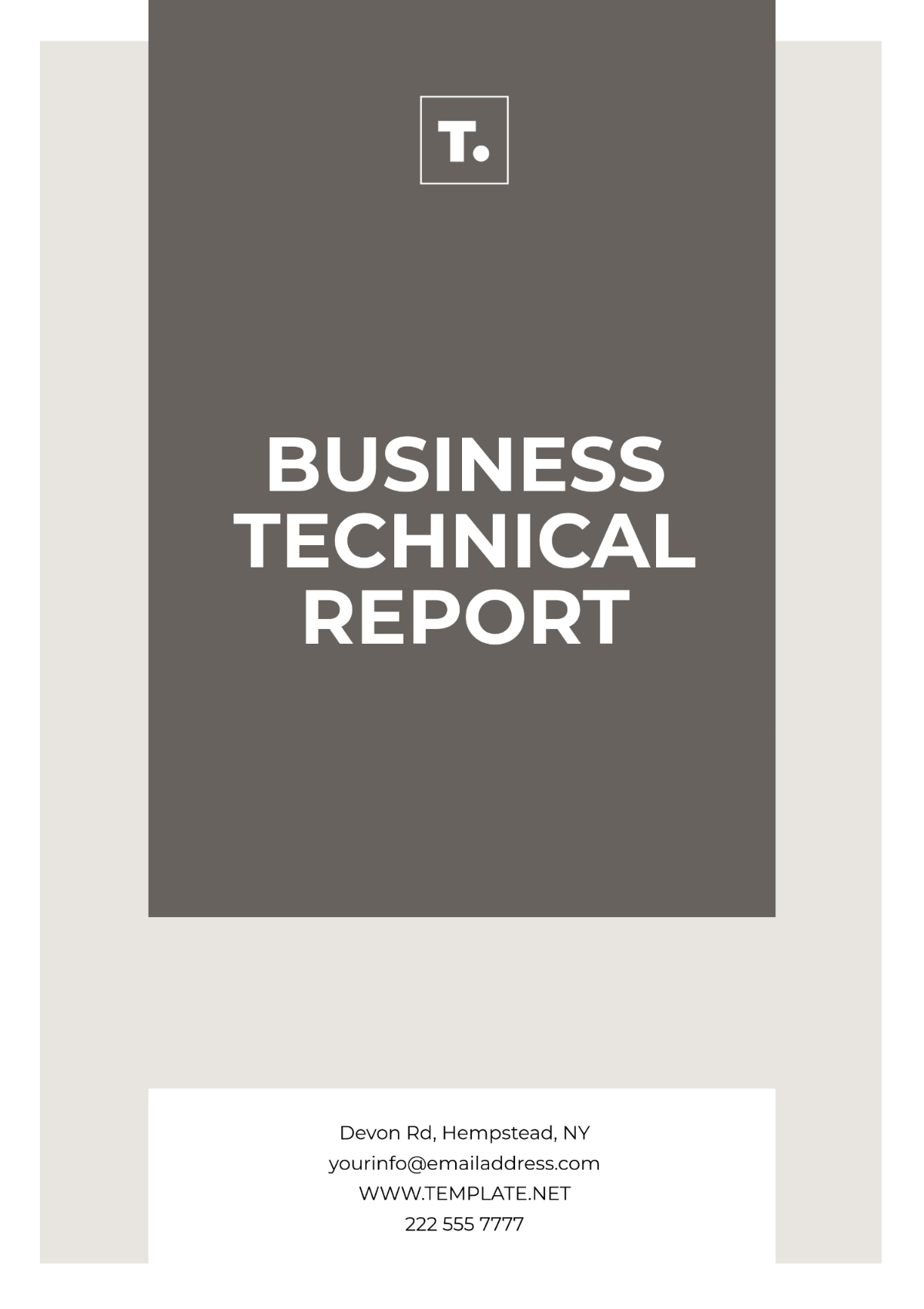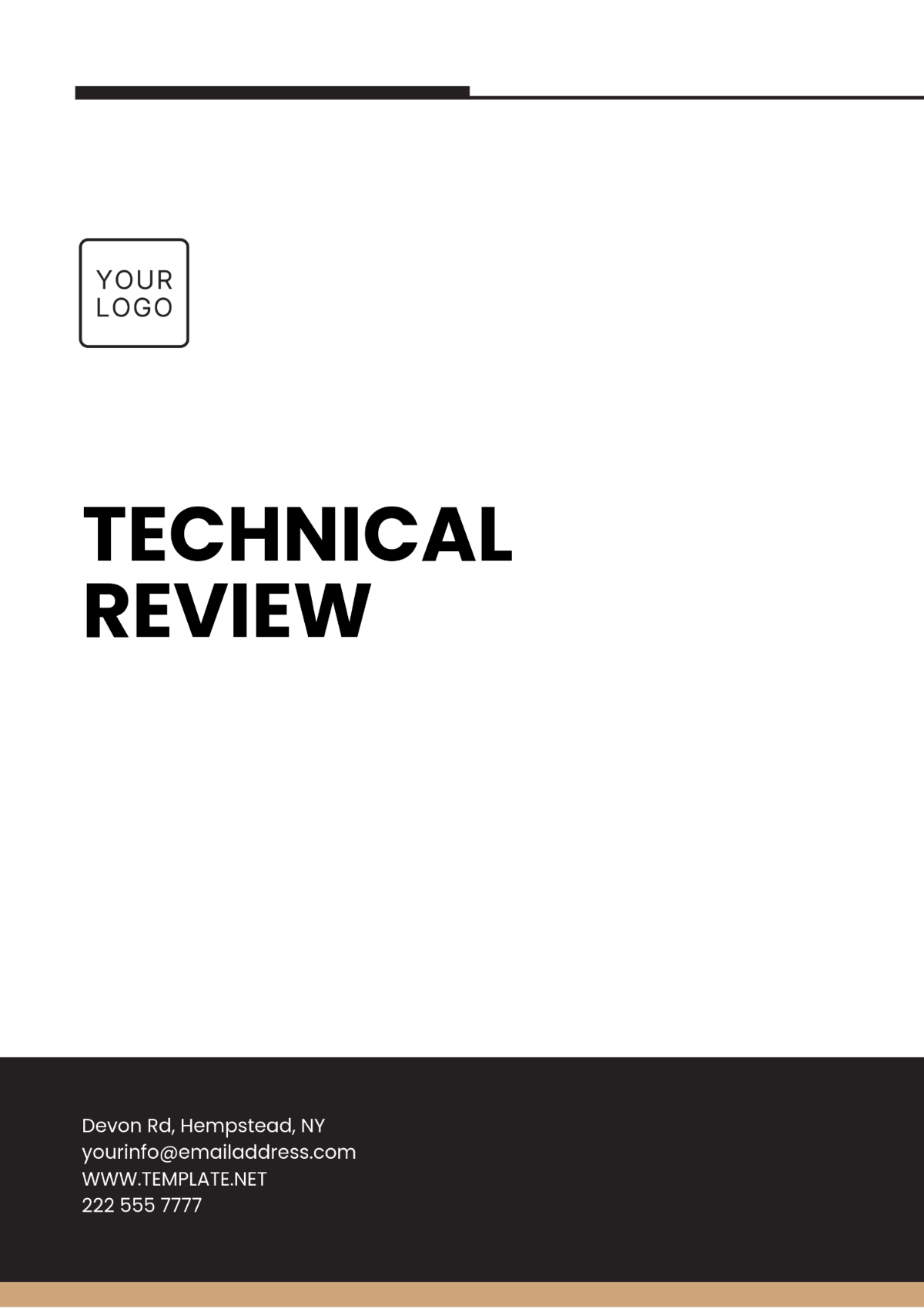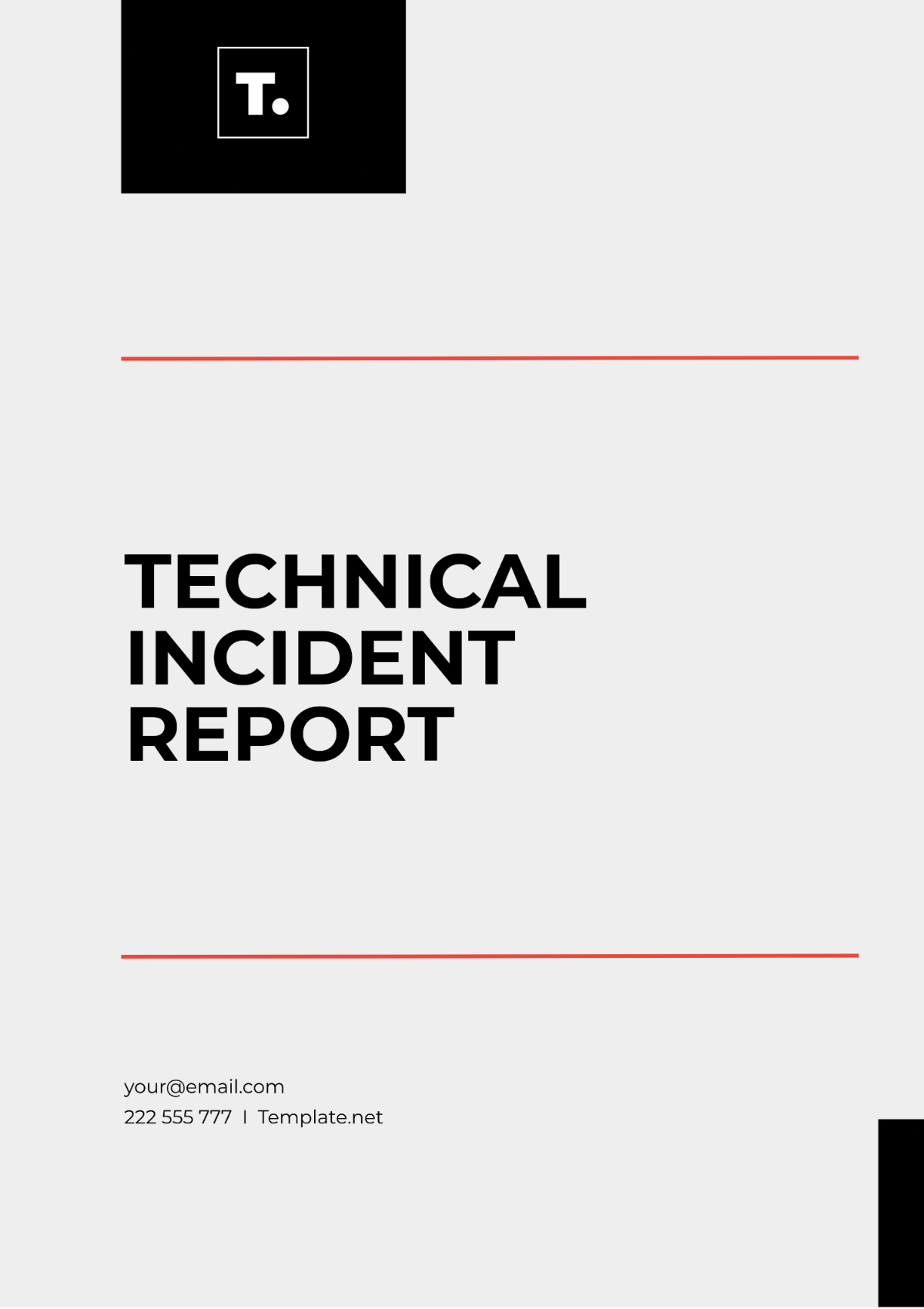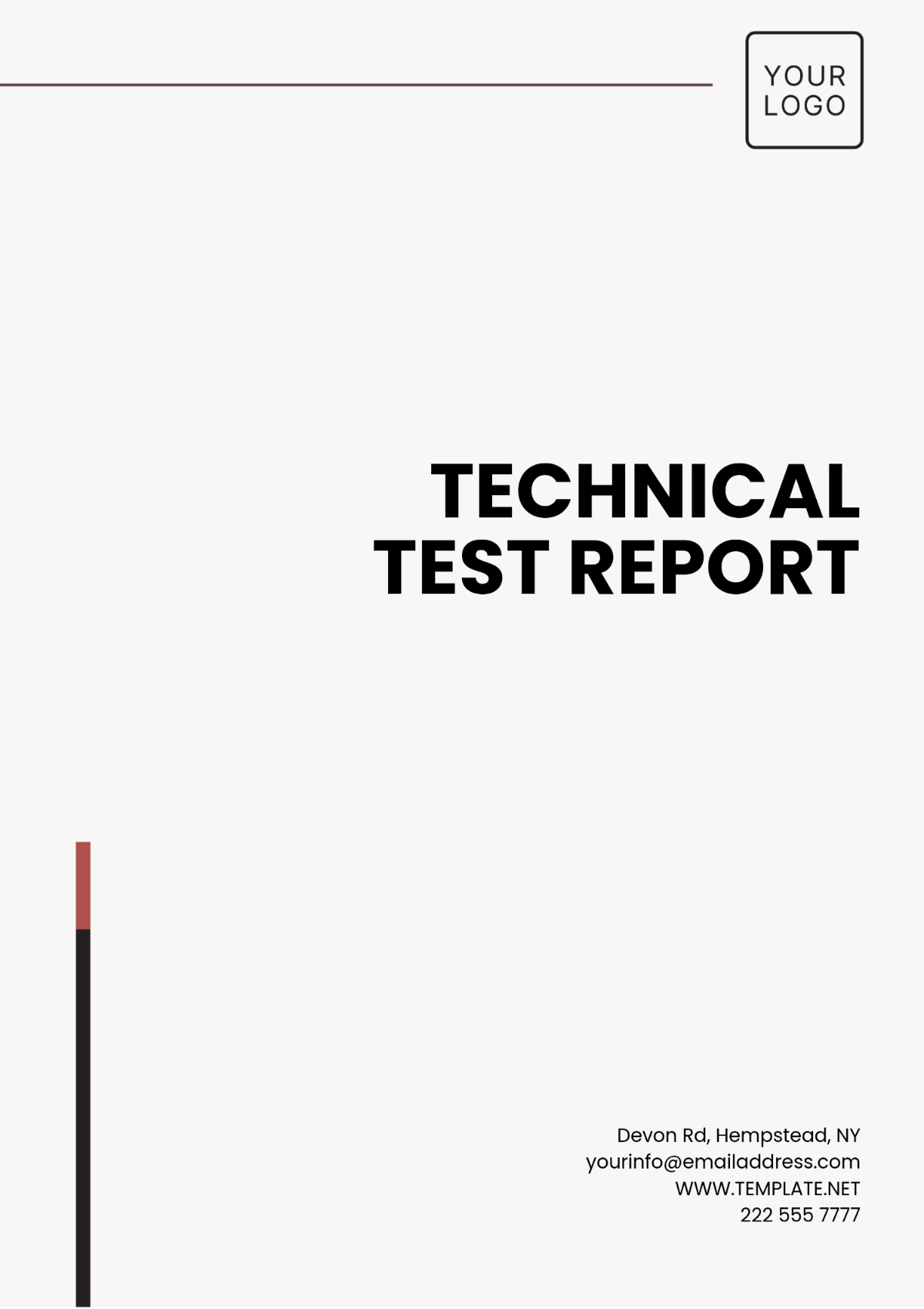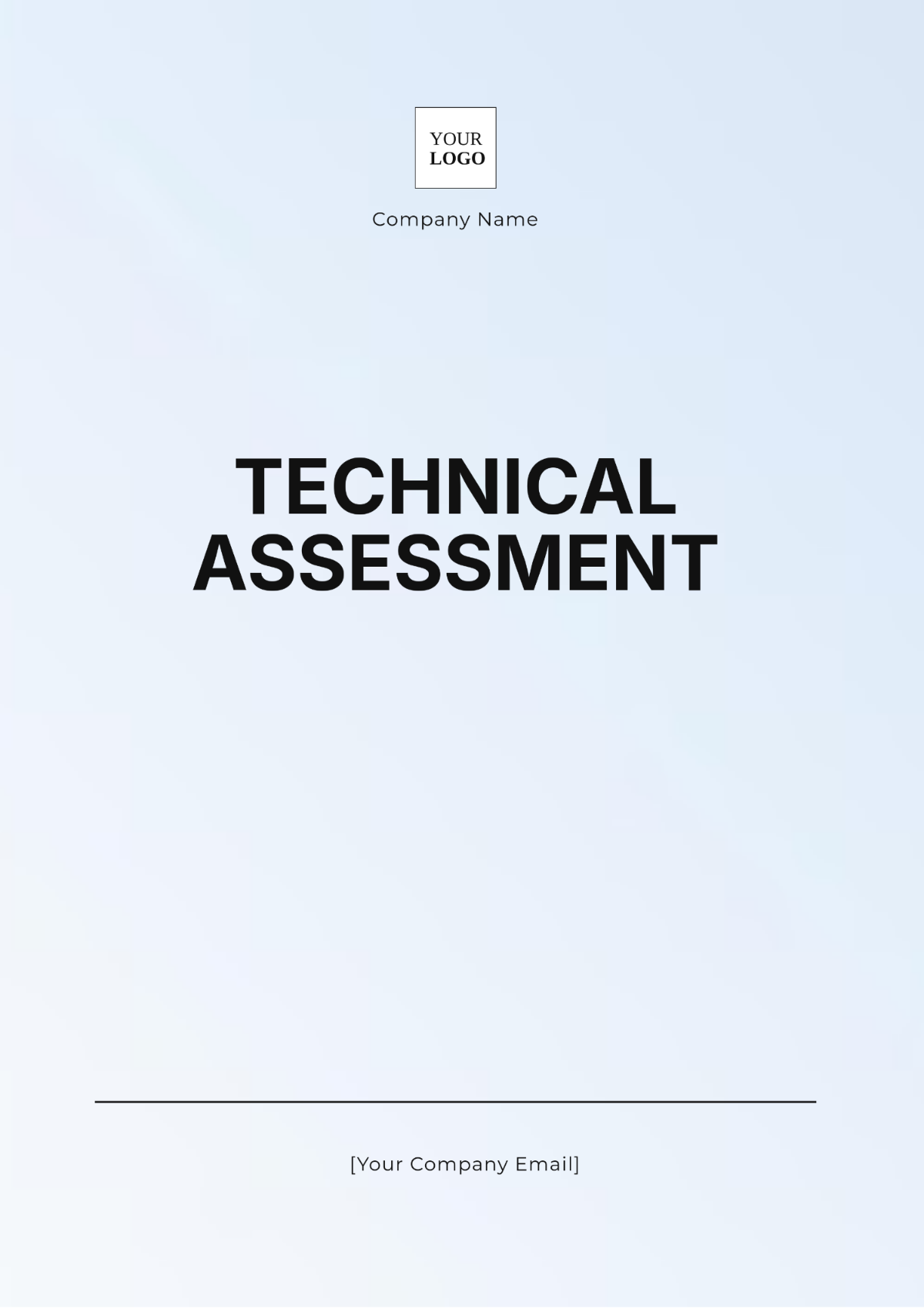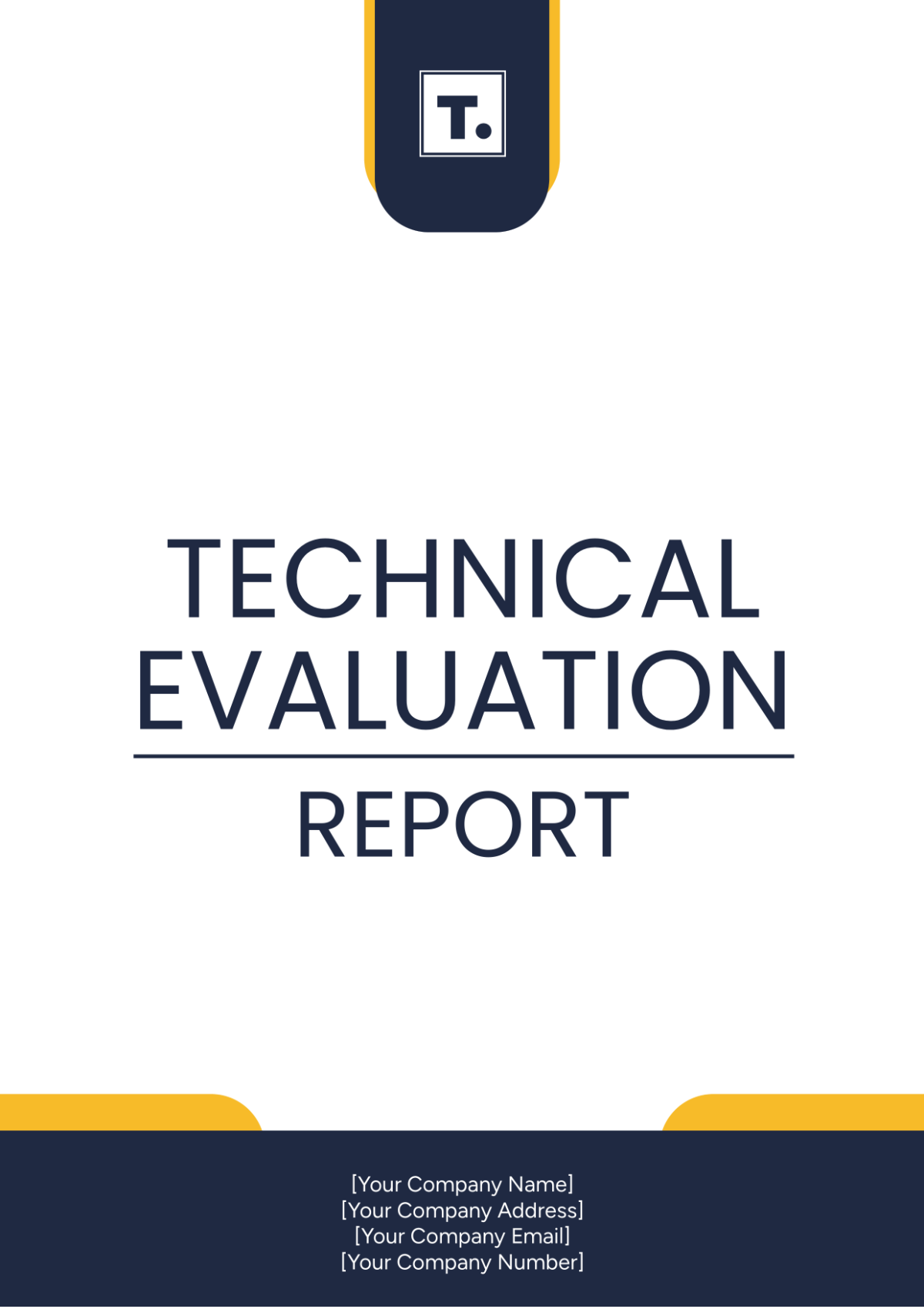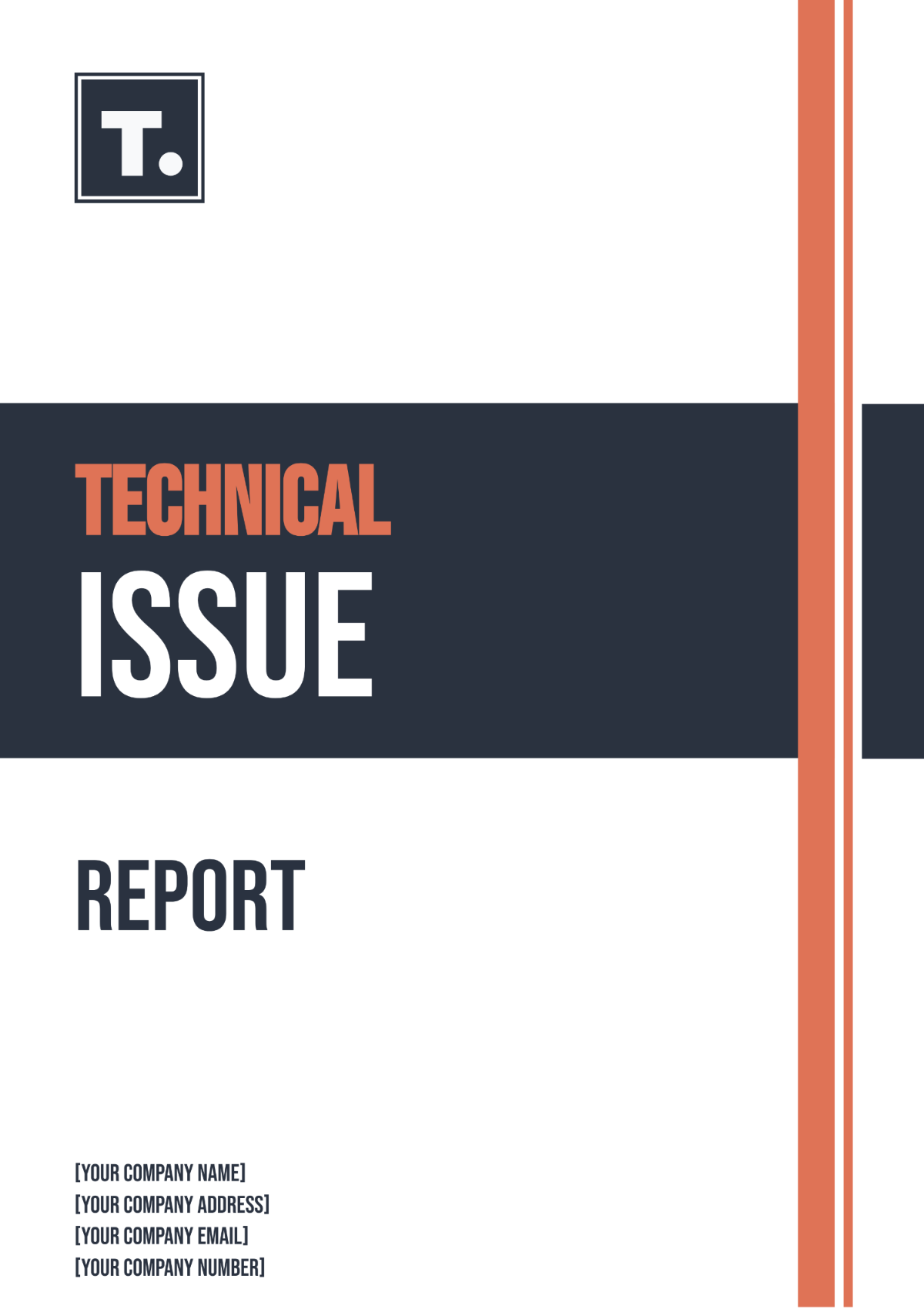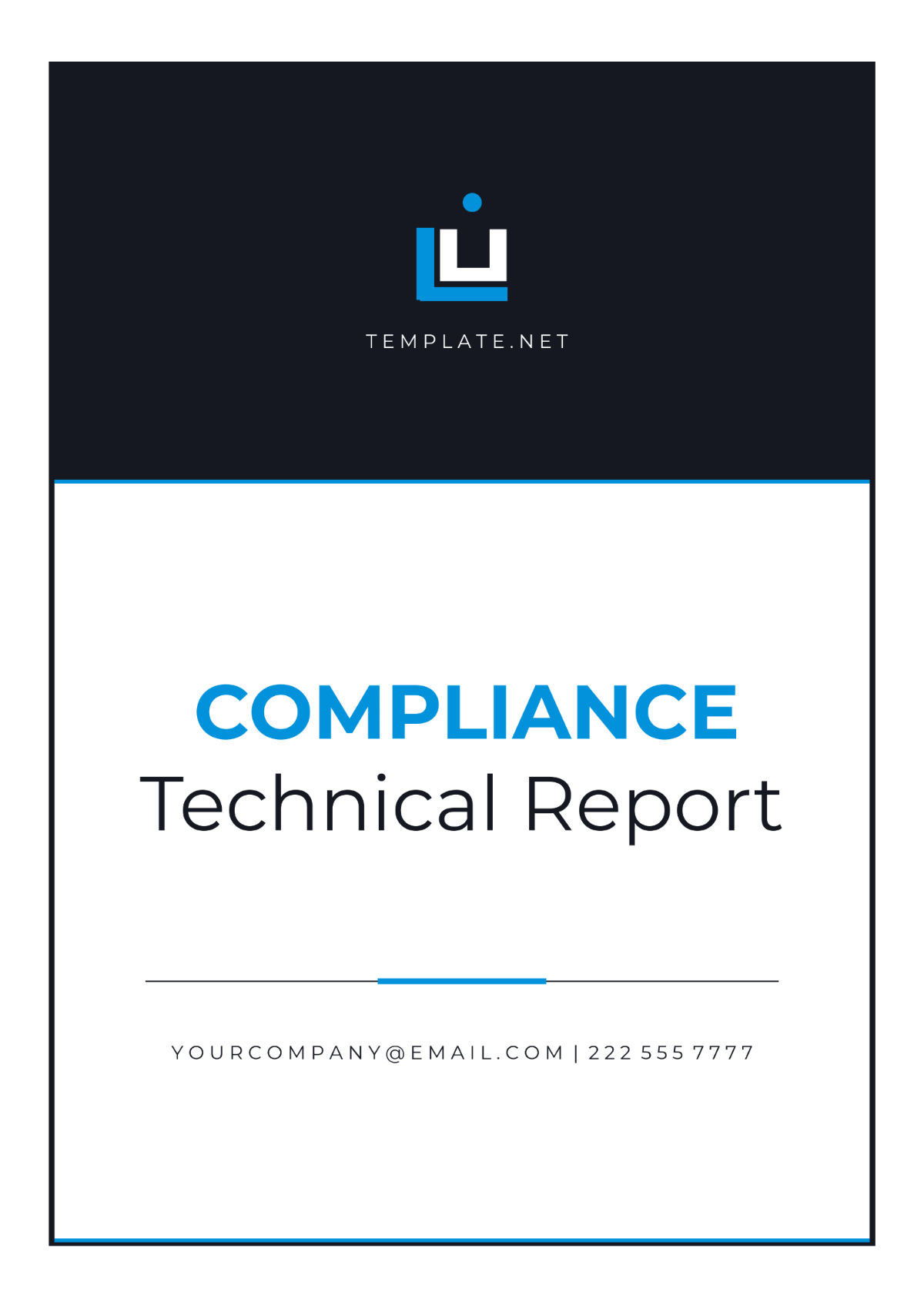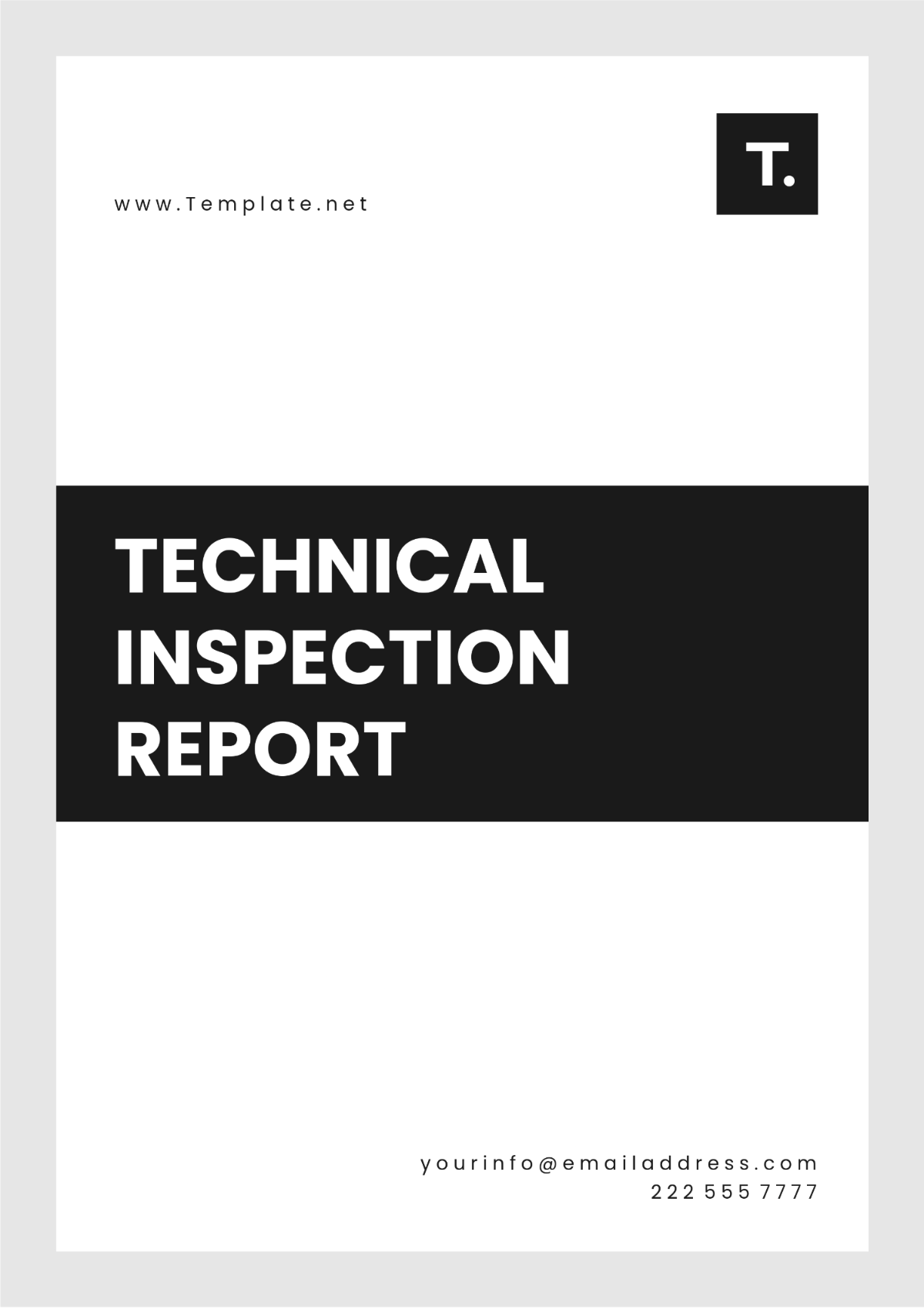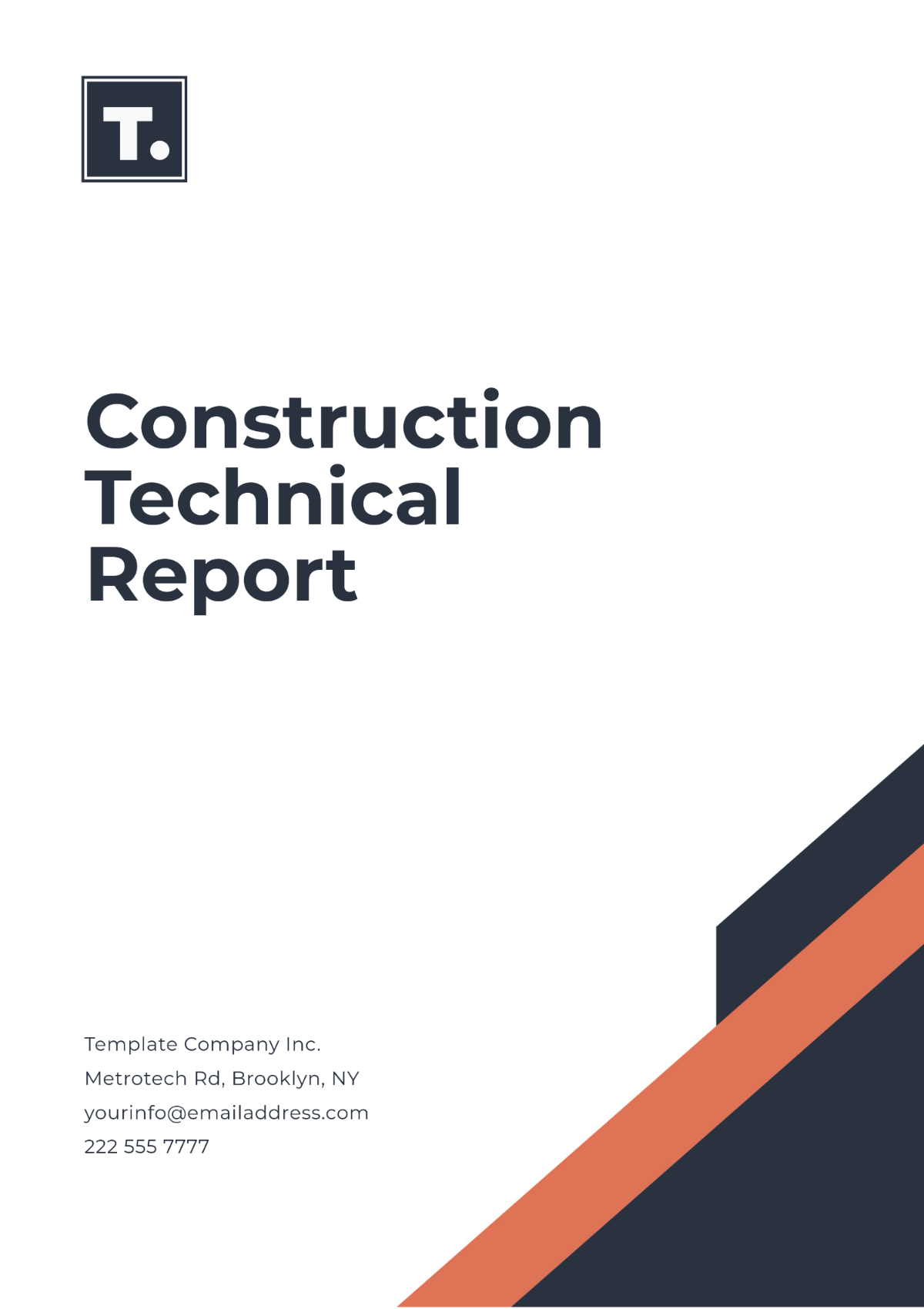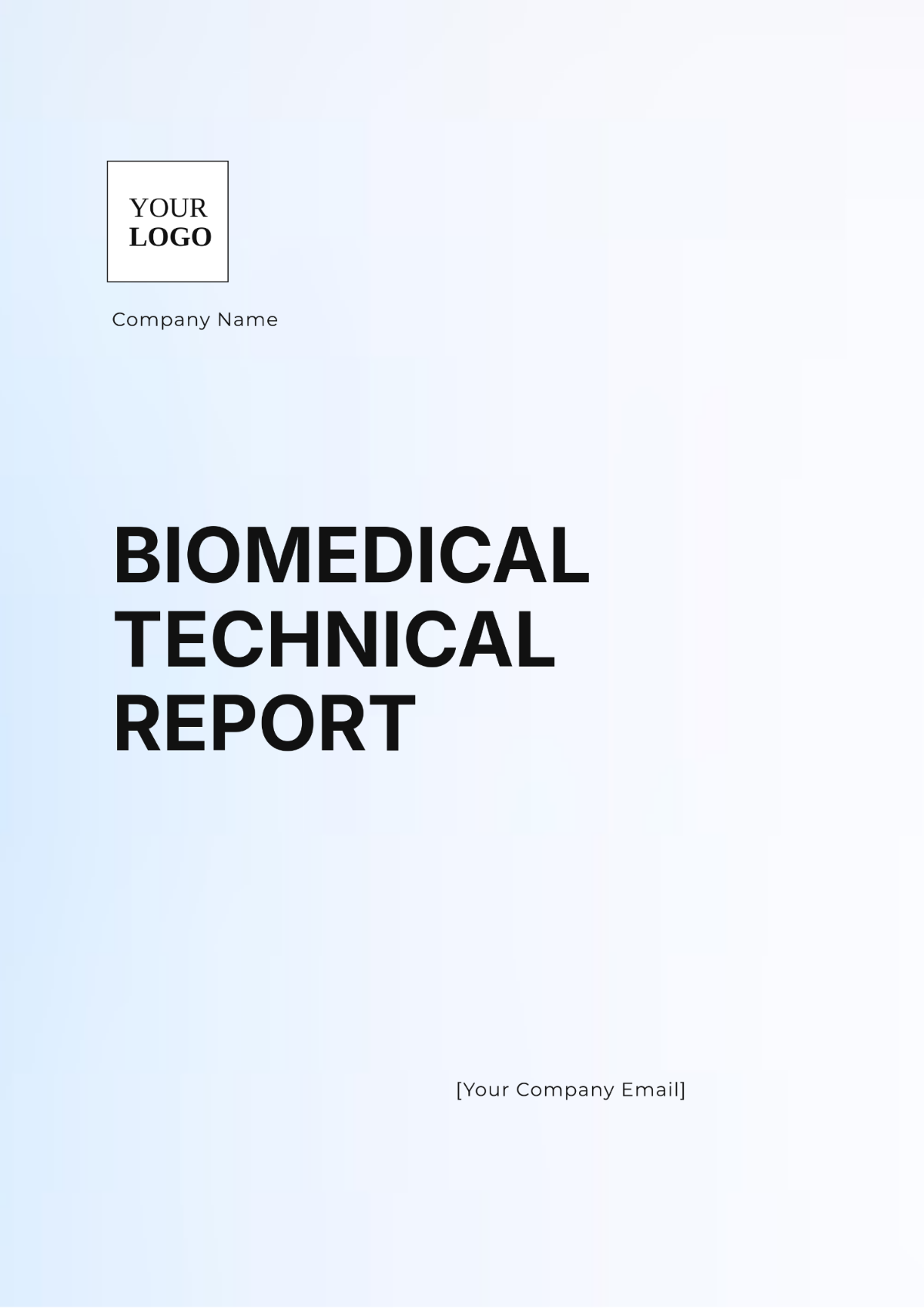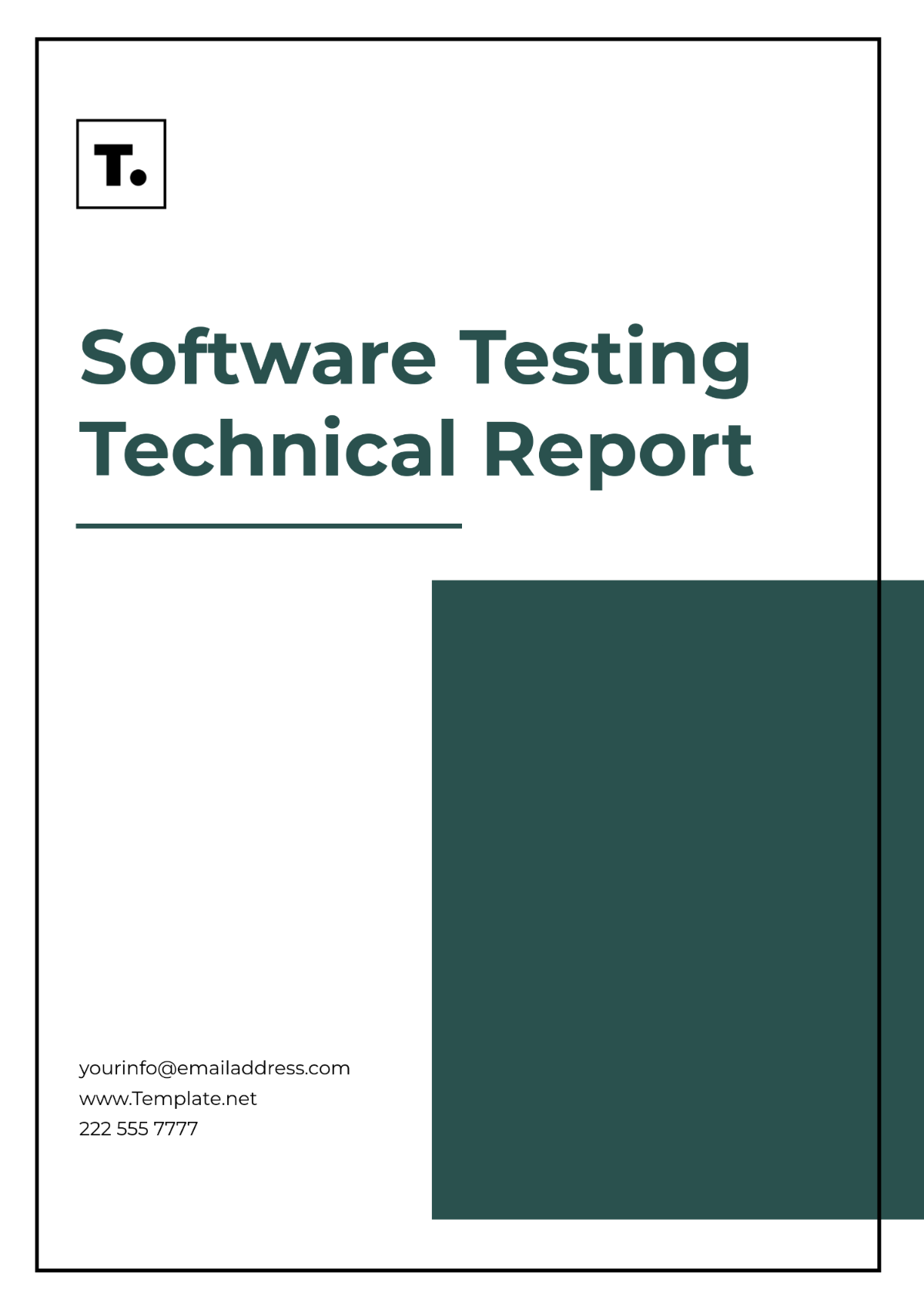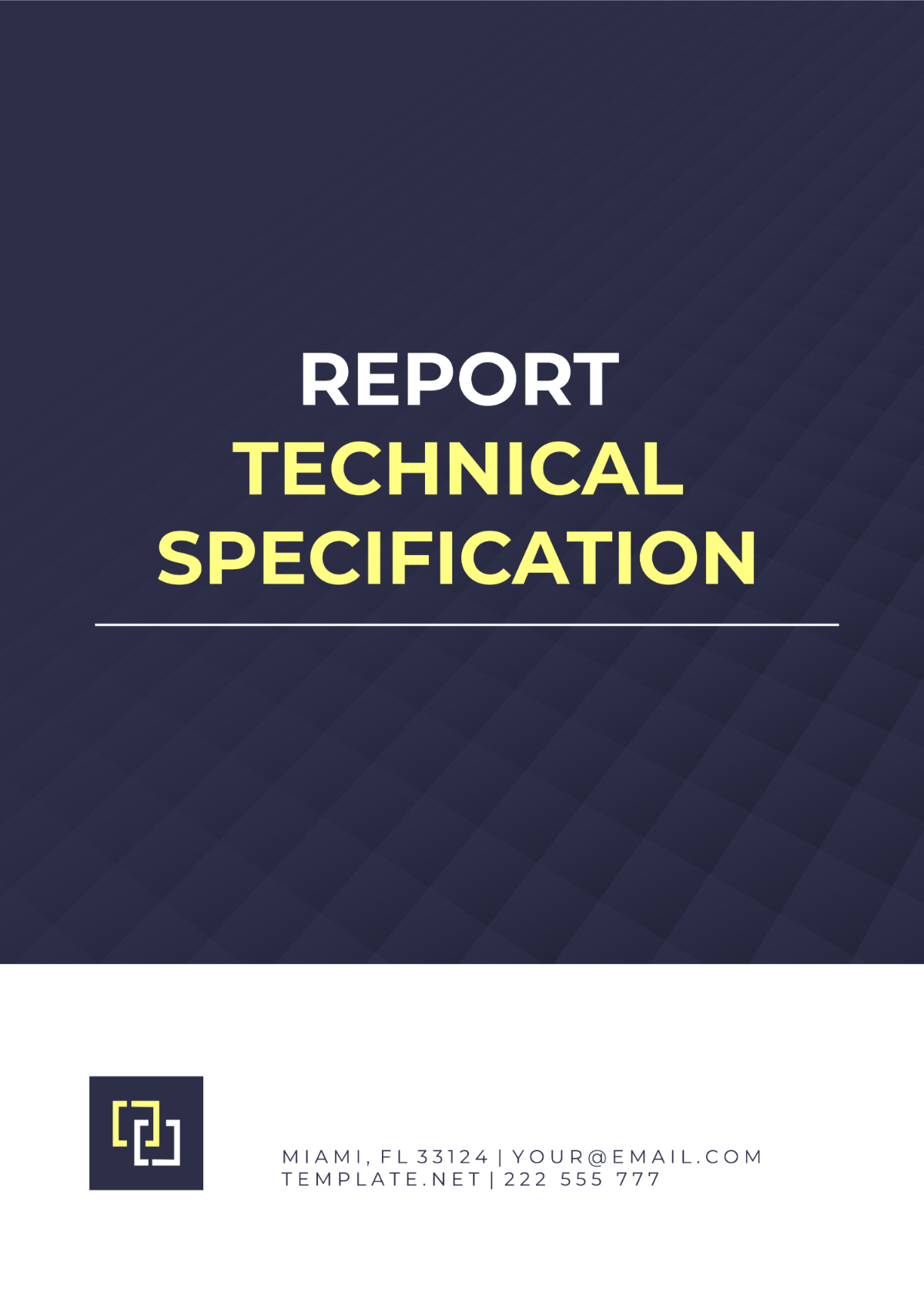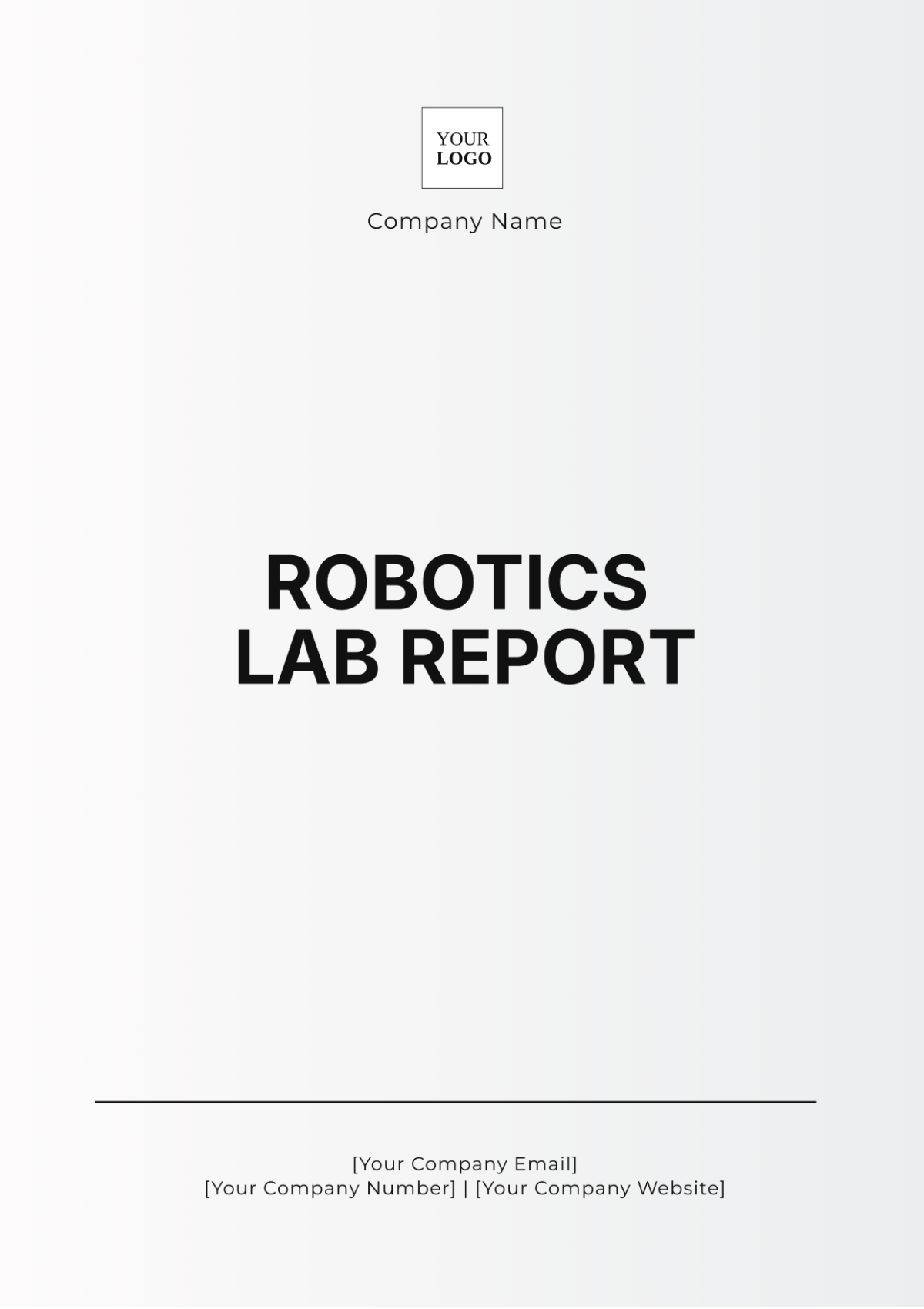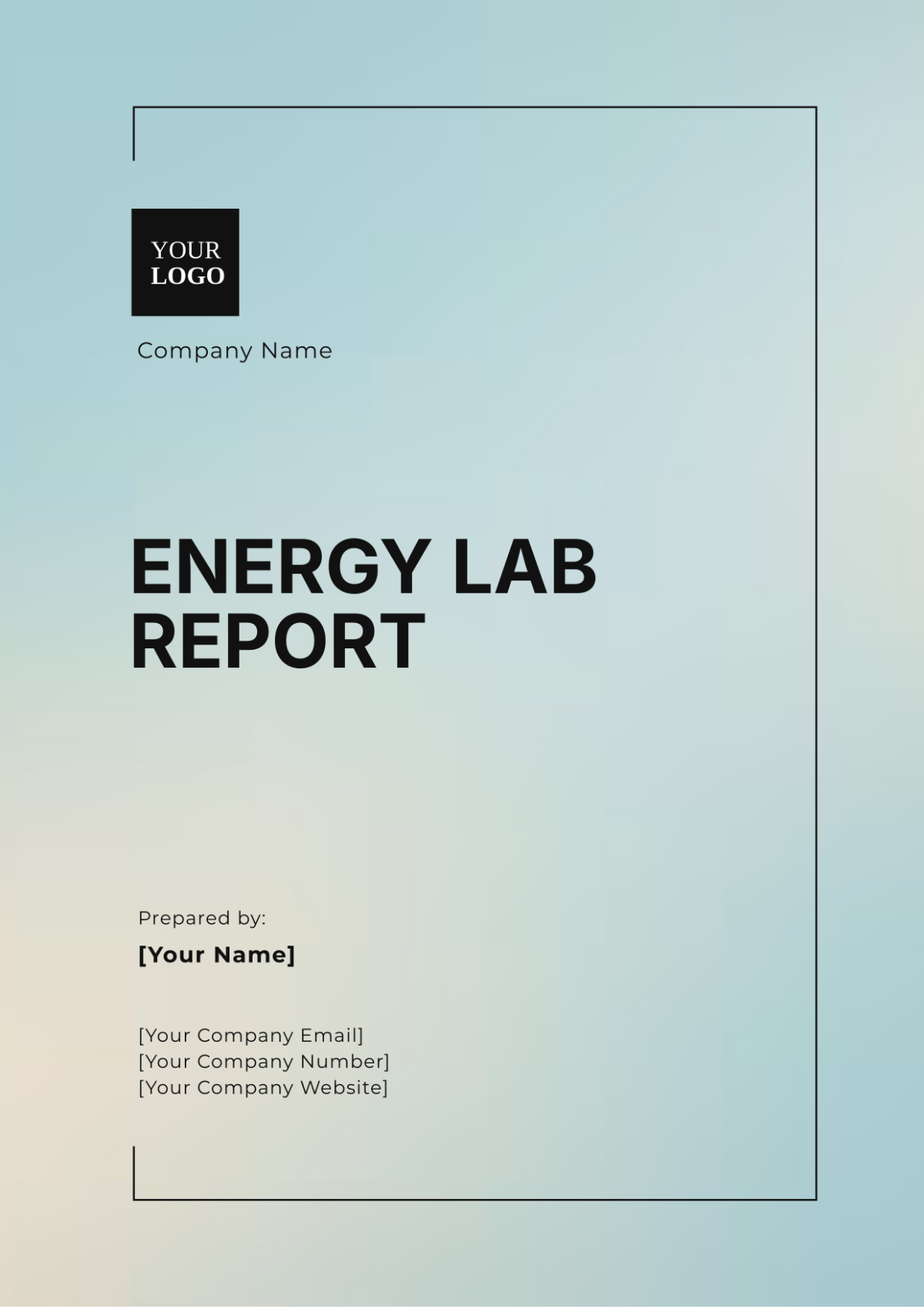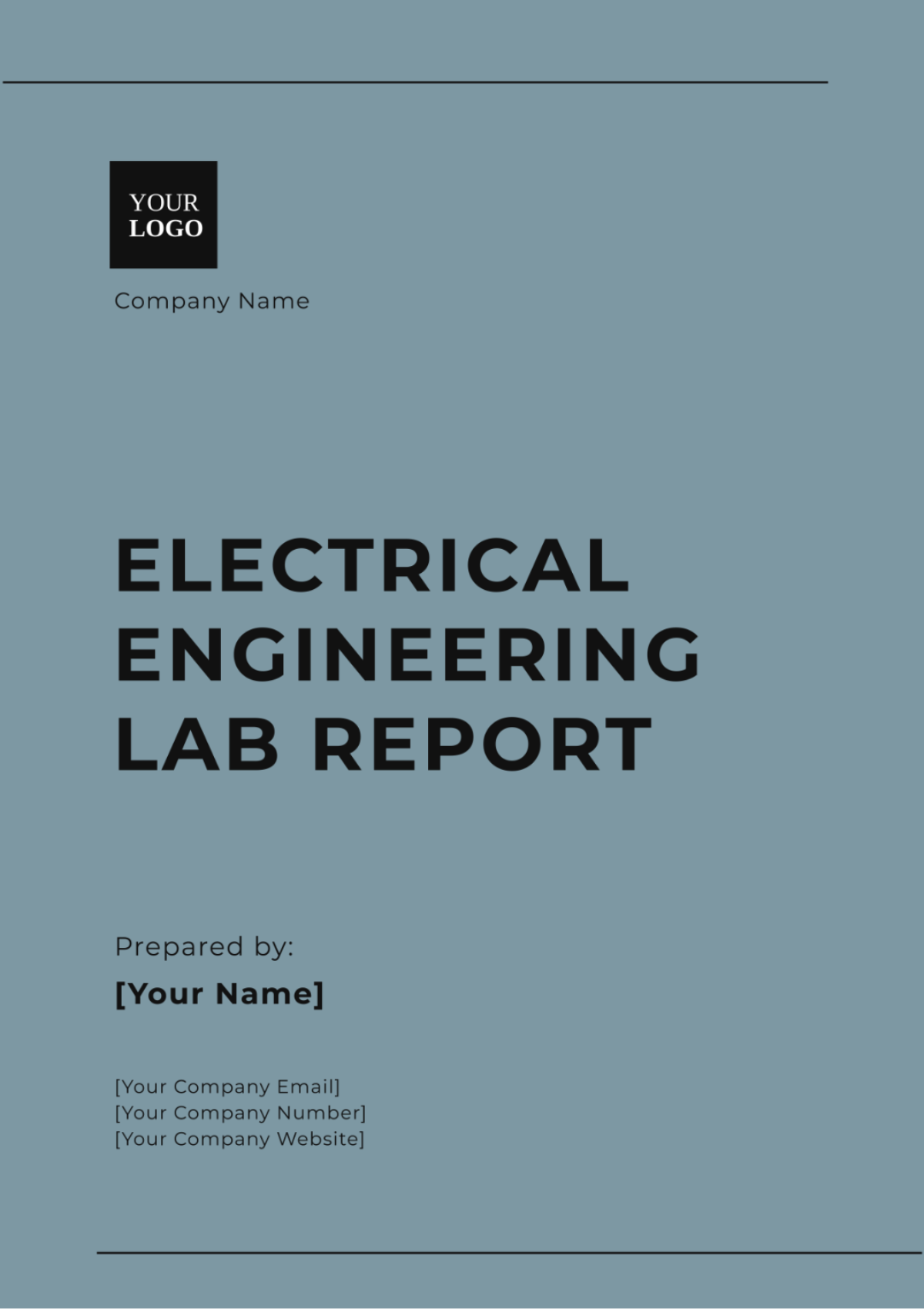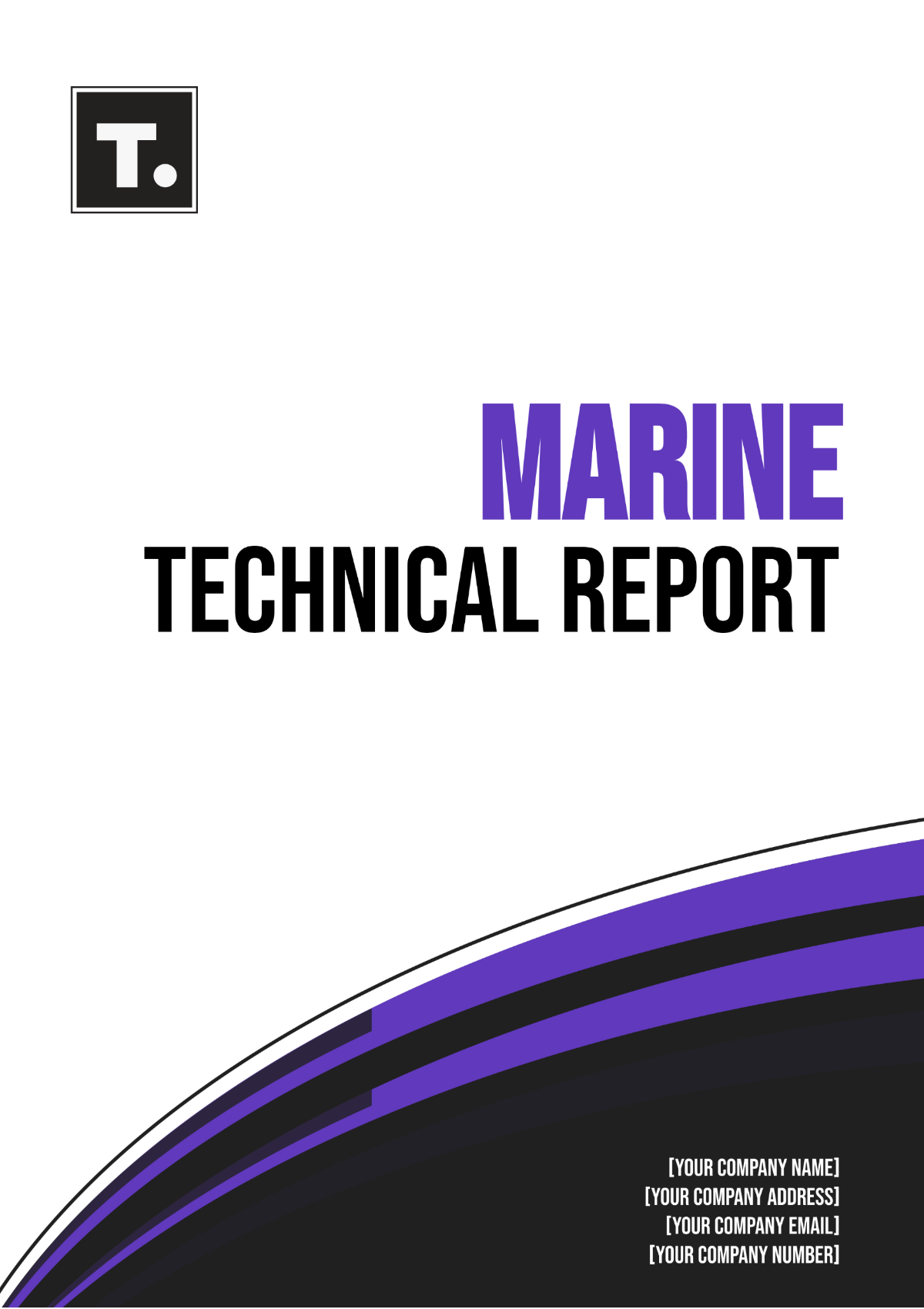Mining Lab Report
Introduction
In this comprehensive report, we aim to present an extensive overview of the outcomes and discoveries derived from a meticulously conducted series of experiments, rigorous tests, and extensive research activities undertaken within the confines of our dedicated mining laboratory. The primary goal of these well-planned activities was to analyze various aspects of the mining process, including ore composition, extraction methods, and safety measures.
Materials and Methods
Materials
Ore samples: Copper ore, Iron ore, Gold ore
Chemicals: Sodium cyanide, Sulfuric acid, Hydrochloric acid
Equipment: Jaw crusher, Ball mill, Flotation cells, pH meter
Experimental Setup
A series of tests were designed to evaluate the efficiency of different extraction techniques and determine the composition of the ore samples. The following steps were involved in the experimental process:
Sample Preparation: The ore samples were crushed using a jaw crusher and then ground to a fine powder using a ball mill.
Chemical Analysis: The powdered ore samples were subjected to chemical analysis to determine their composition.
Extraction Tests: Different extraction techniques, including flotation and leaching, were tested to evaluate their efficiency.
Results
Ore Composition Analysis
The chemical composition of the ore samples was determined using X-ray fluorescence (XRF) analysis. The results are summarized in the table below:
Element | Copper Ore (%) | Iron Ore (%) | Gold Ore (%) |
|---|---|---|---|
Copper (Cu) | 1.85 | 0.05 | 0.10 |
Iron (Fe) | 15.22 | 65.89 | 1.45 |
Gold (Au) | 0.02 | 0.01 | 0.25 |
Silicon (Si) | 23.44 | 5.67 | 44.89 |
Extraction Efficiency
The efficiency of the different extraction techniques was evaluated by measuring the percentage of the target metal recovered from the ore samples. The results are shown in the table below:
Technique | Copper Recovery (%) | Iron Recovery (%) | Gold Recovery (%) |
|---|---|---|---|
Flotation | 88.2 | 50.3 | 23.5 |
Leaching | 92.4 | 60.1 | 45.2 |
Discussion
Ore Composition
The XRF analysis revealed that the iron ore sample had the highest iron content (65.89%), while the gold ore had the highest silicon content (44.89%). The copper ore sample had a significant amount of both copper (1.85%) and iron (15.22%). These results suggest that different extraction techniques may be required for each type of ore to optimize recovery efficiencies.
Extraction Techniques
The leaching technique demonstrated higher extraction efficiencies for all types of ore compared to flotation. This was particularly evident in the recovery of gold, where leaching achieved a recovery rate of 45.2% compared to 23.5% for flotation. These findings indicate that leaching is a more effective method for extracting metals from complex ore matrices.
Conclusion
This study provided valuable insights into the composition of different ore samples and the efficiency of various extraction techniques. The findings suggest that leaching is a more effective method for extracting metals from complex ores compared to flotation. Future research should focus on optimizing leaching conditions and exploring new reagents that can further improve extraction efficiencies.
References
The following references were consulted during the preparation of this report:
Smith, J. (2050). "Advances in Mineral Processing." Journal of Mining Science, 45(3), 200-215.
Jones, A., & Brown, R. (2051). "Chemical Analysis of Minerals." Mineralogical Magazine, 72(4), 300-310.
Williams, P. (2054). "Methods of Metal Extraction." Metallurgical Transactions, 55(6), 400-420.
